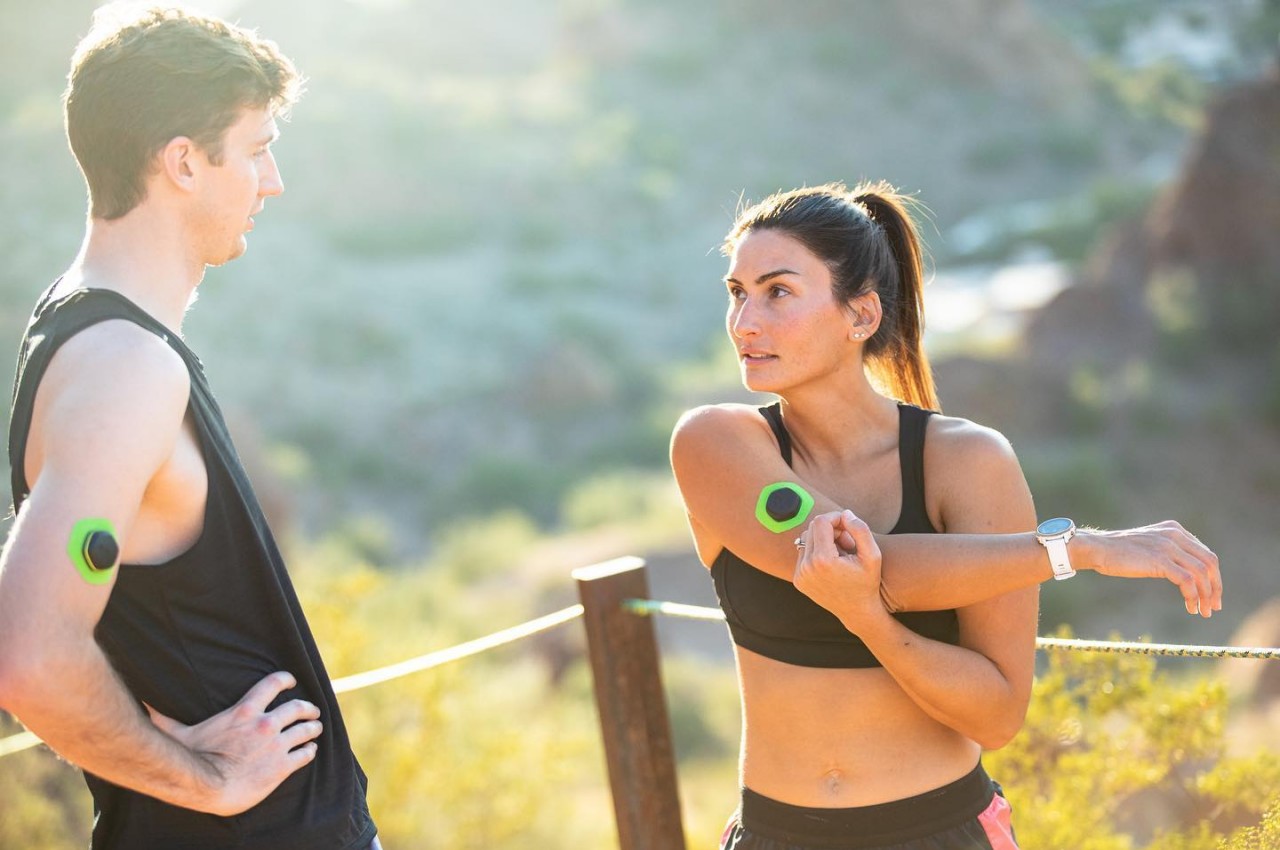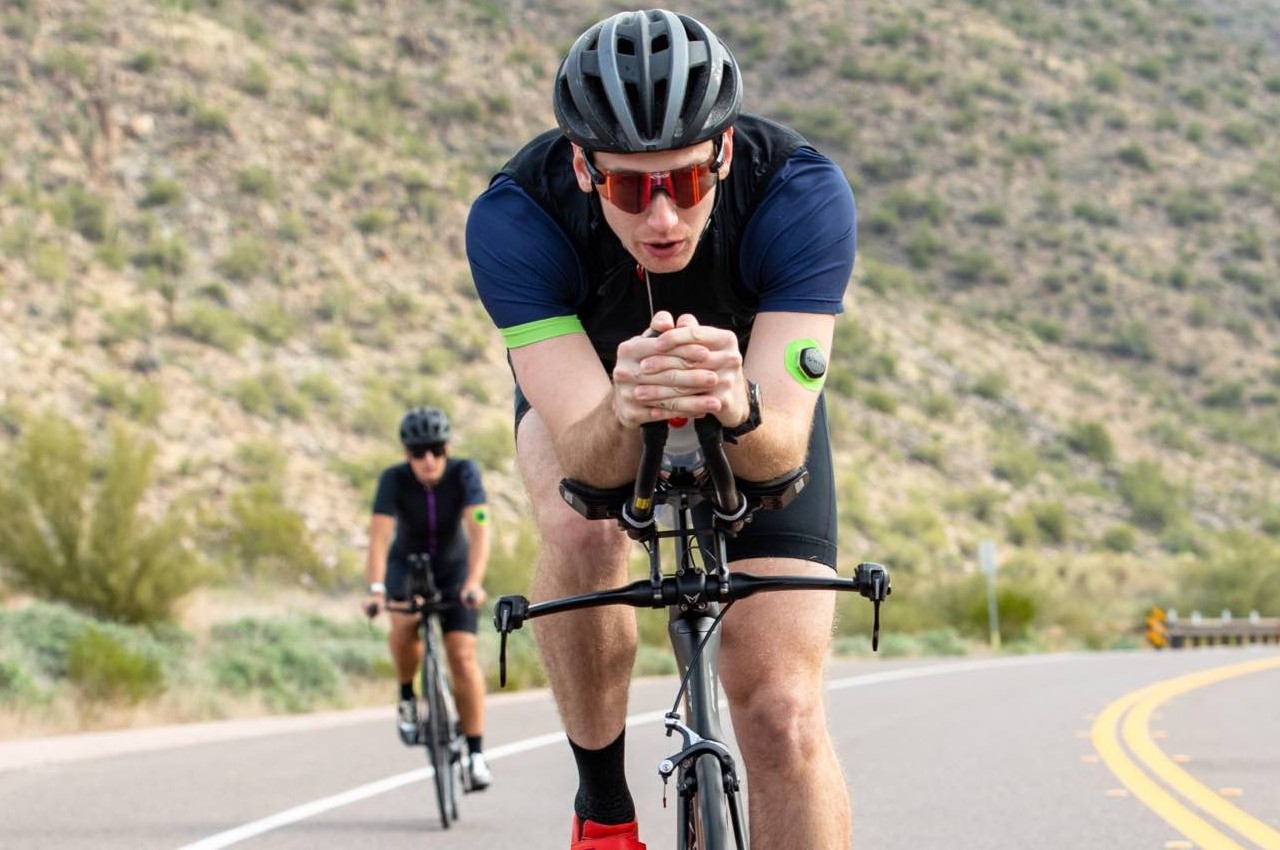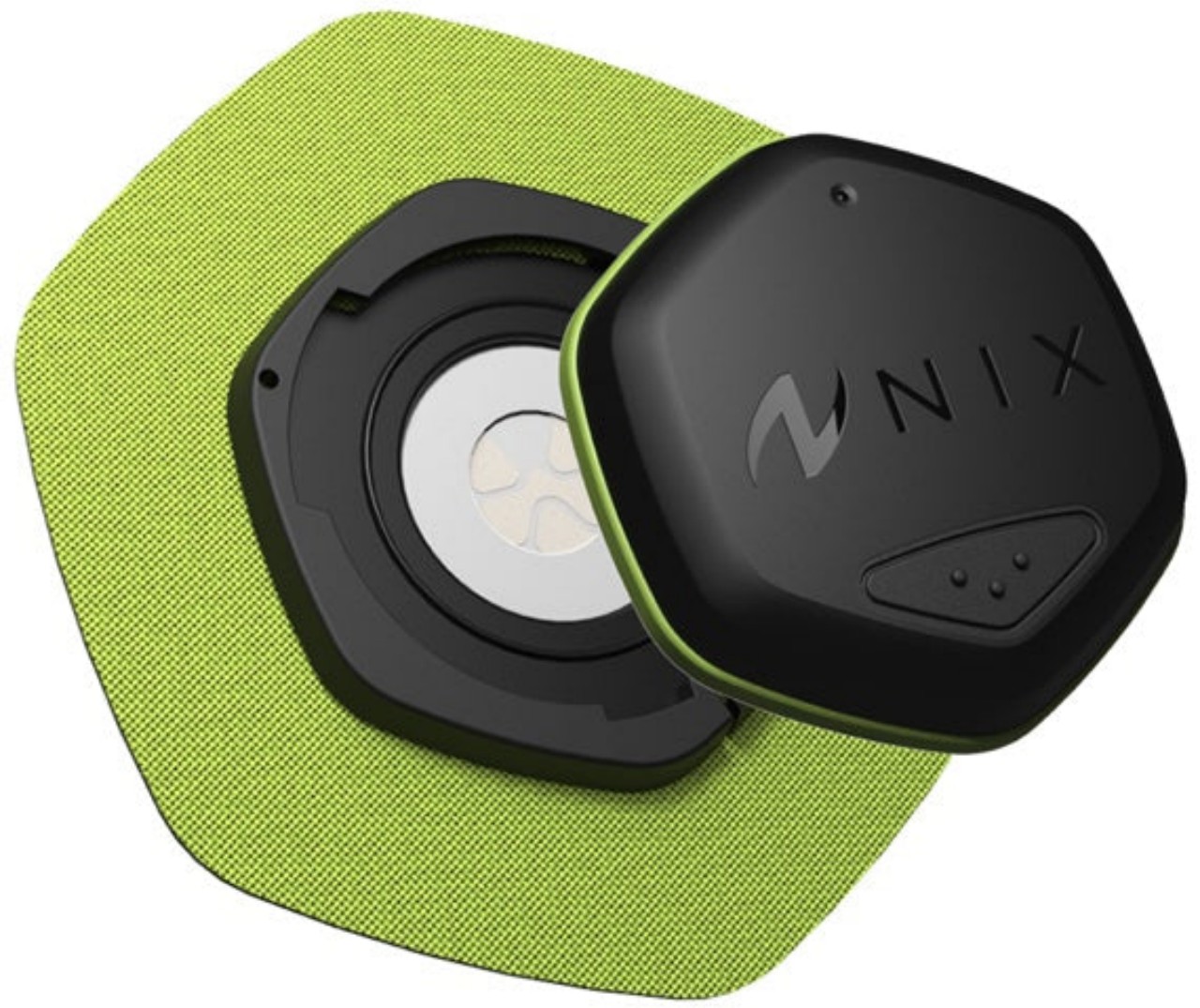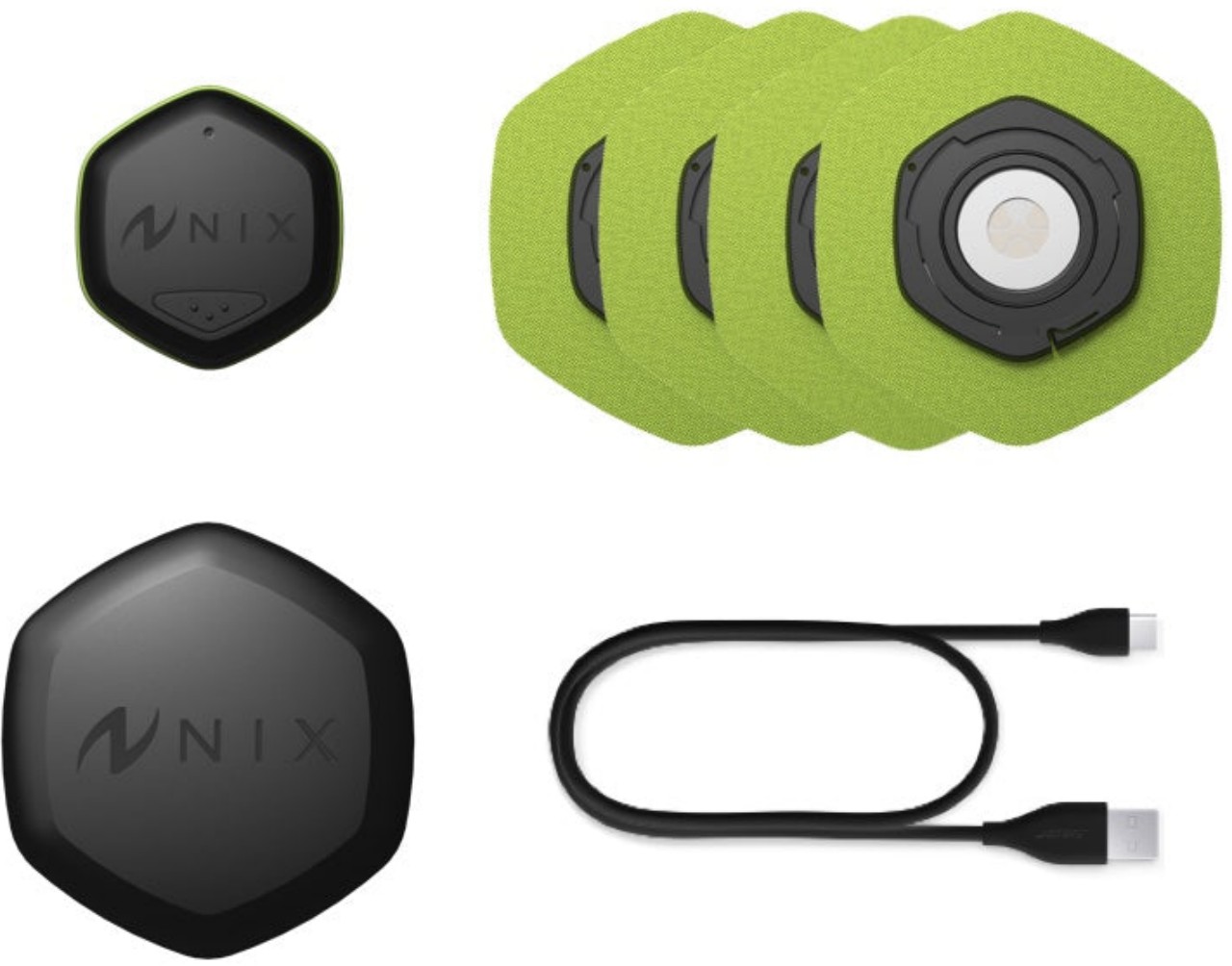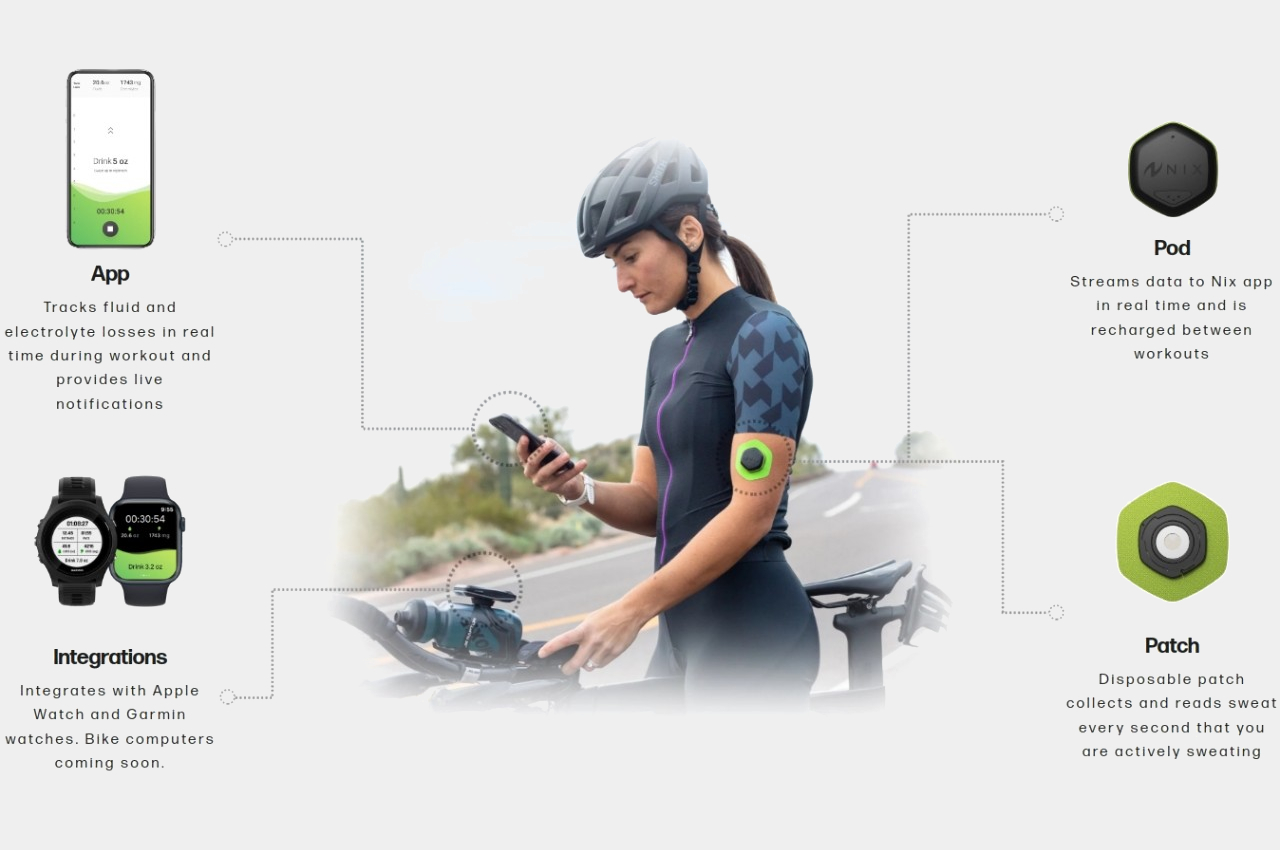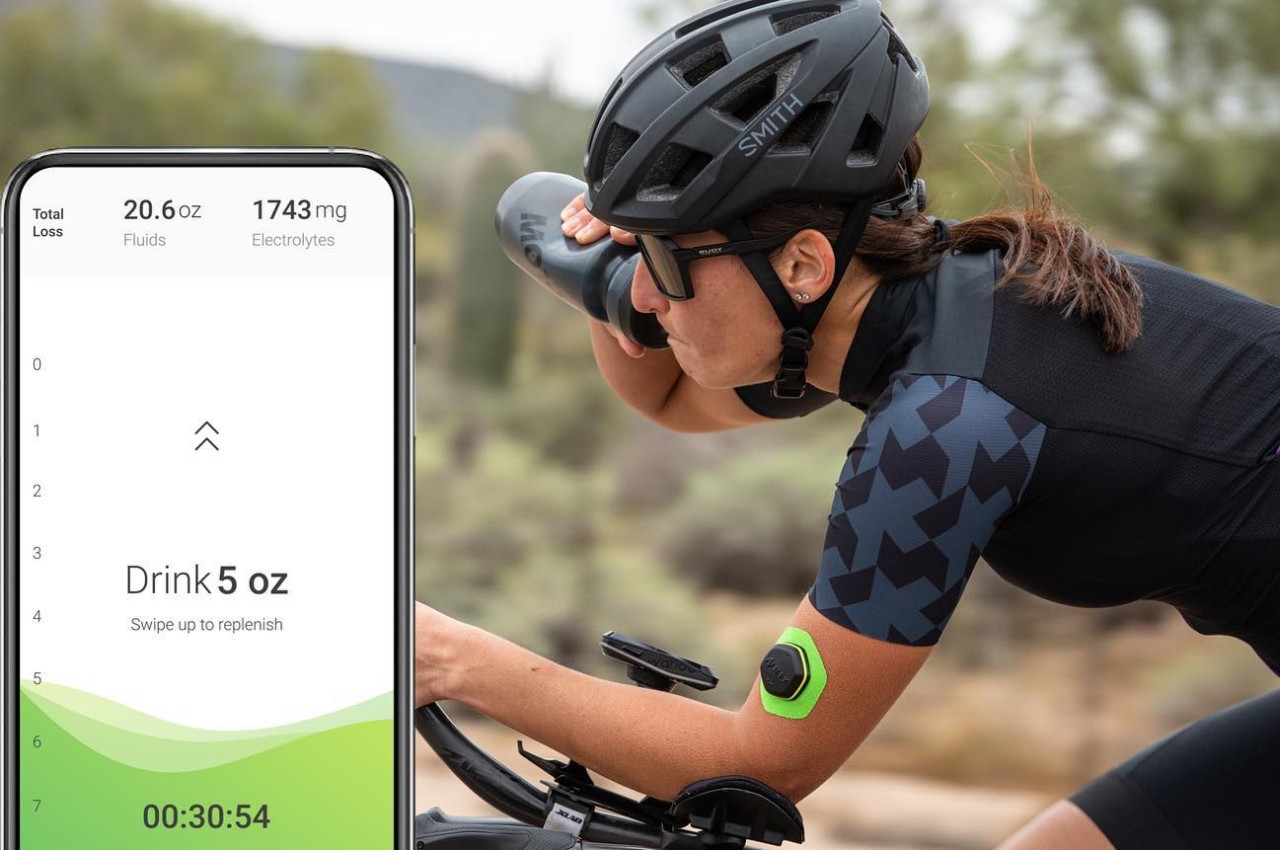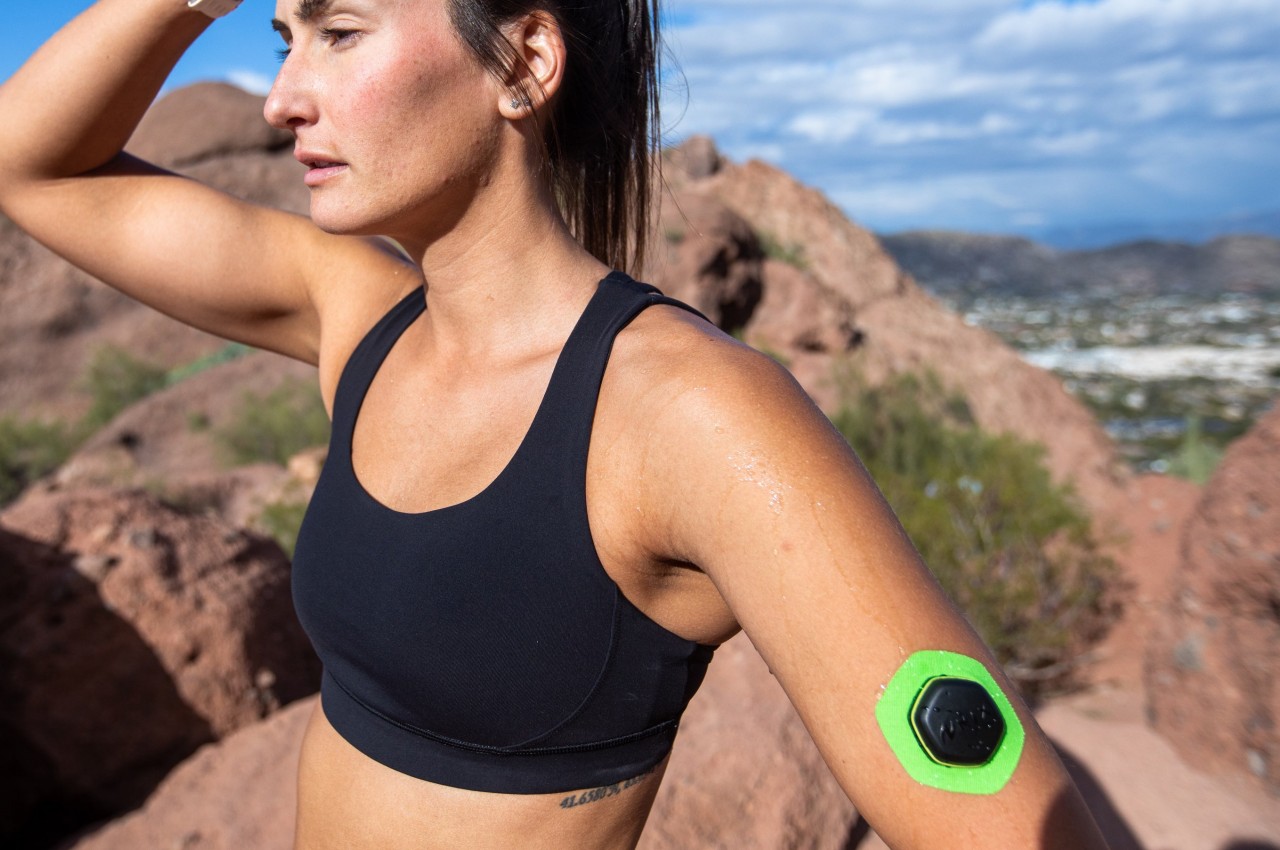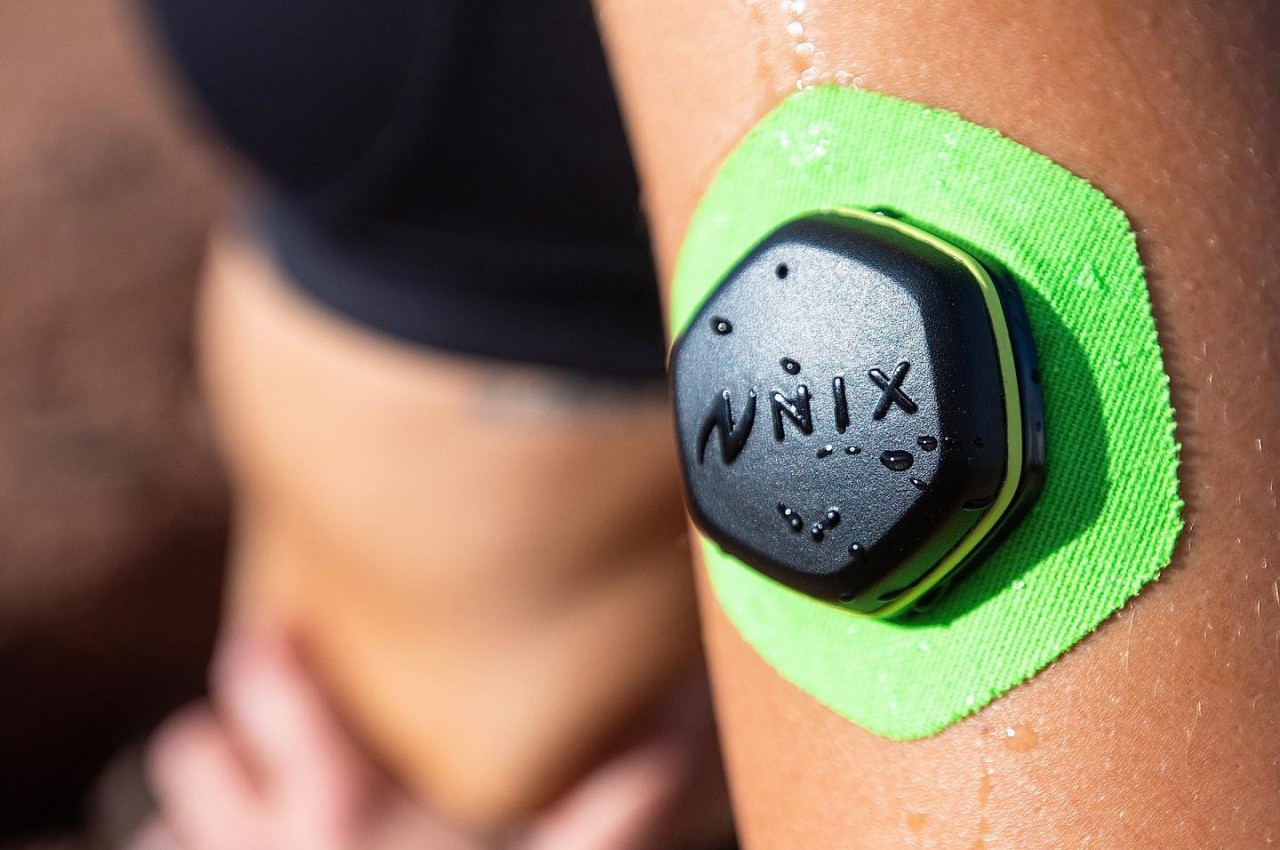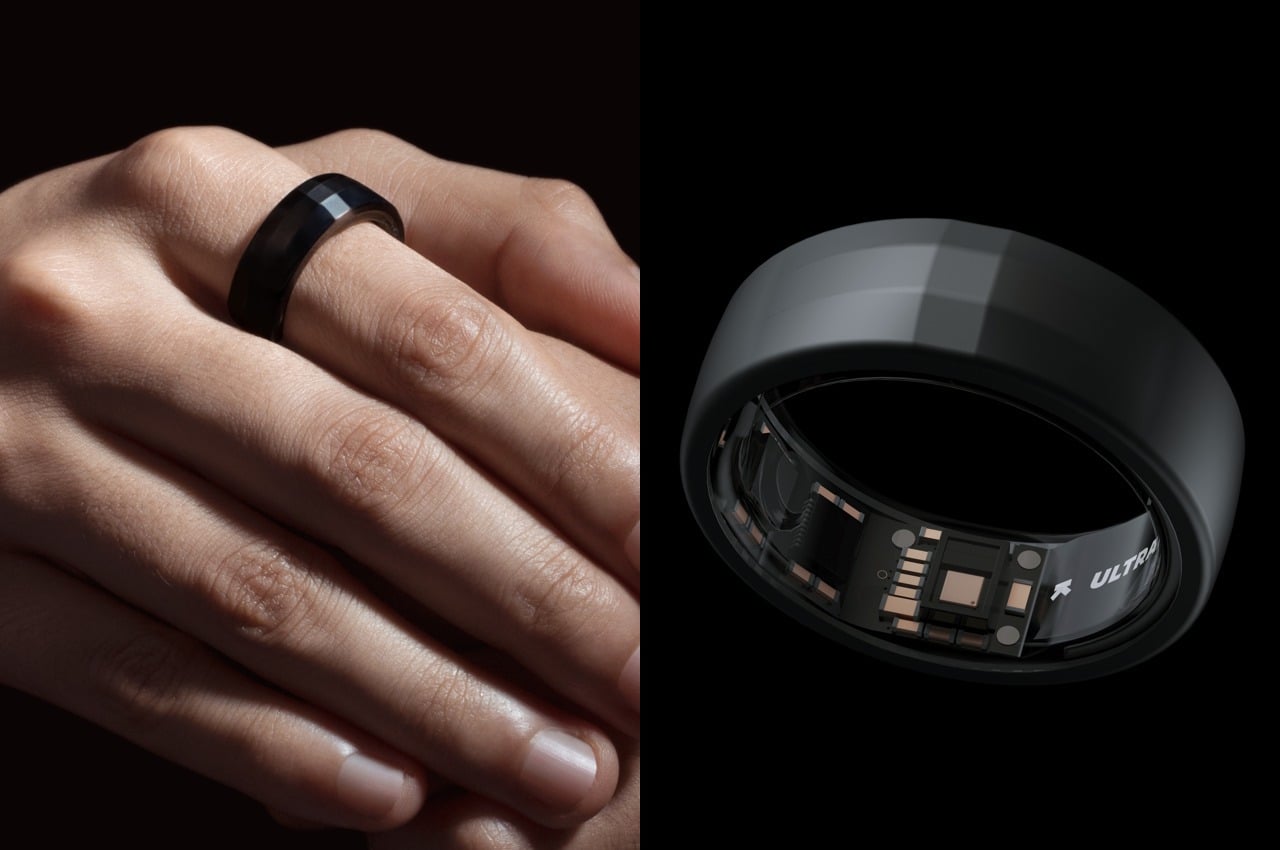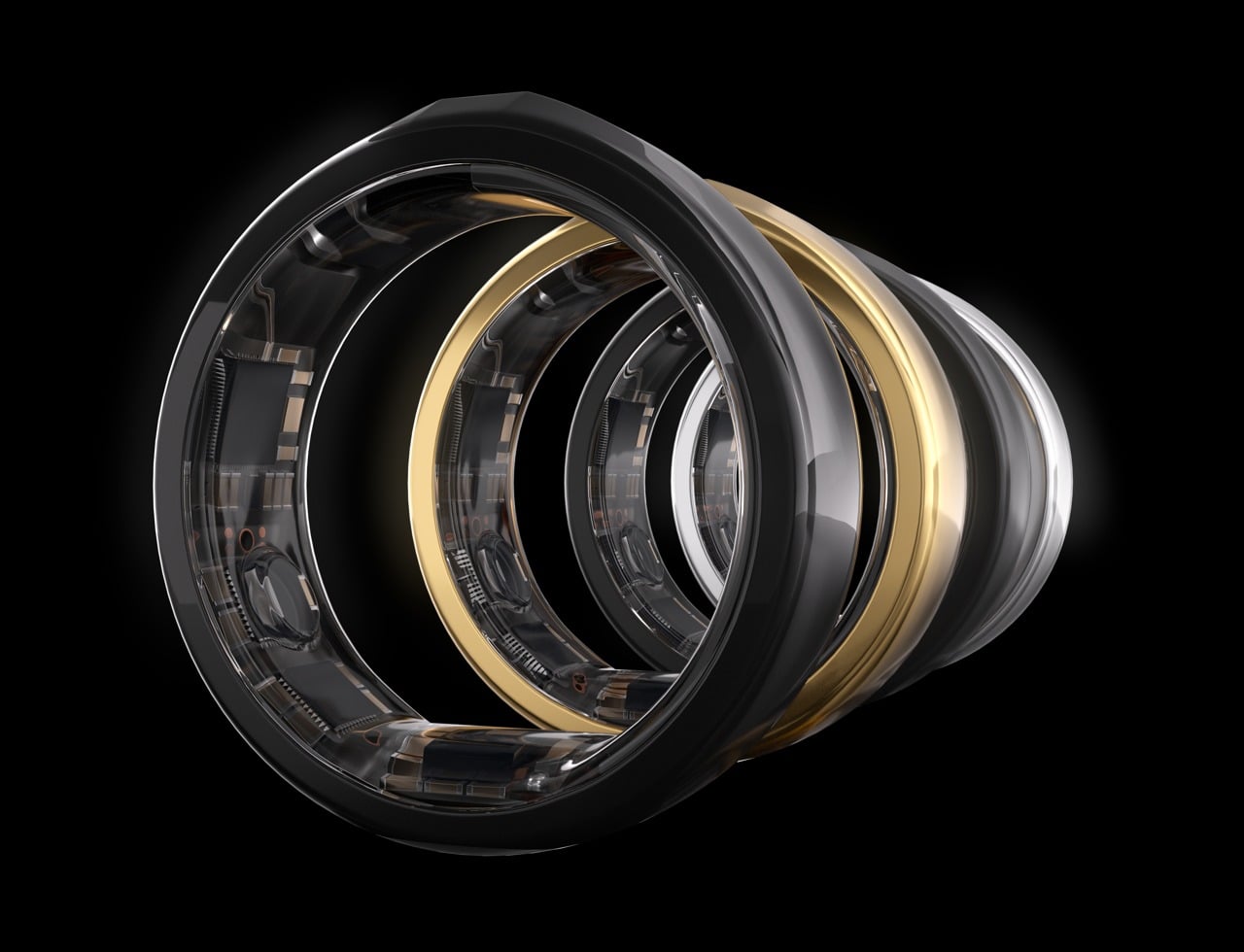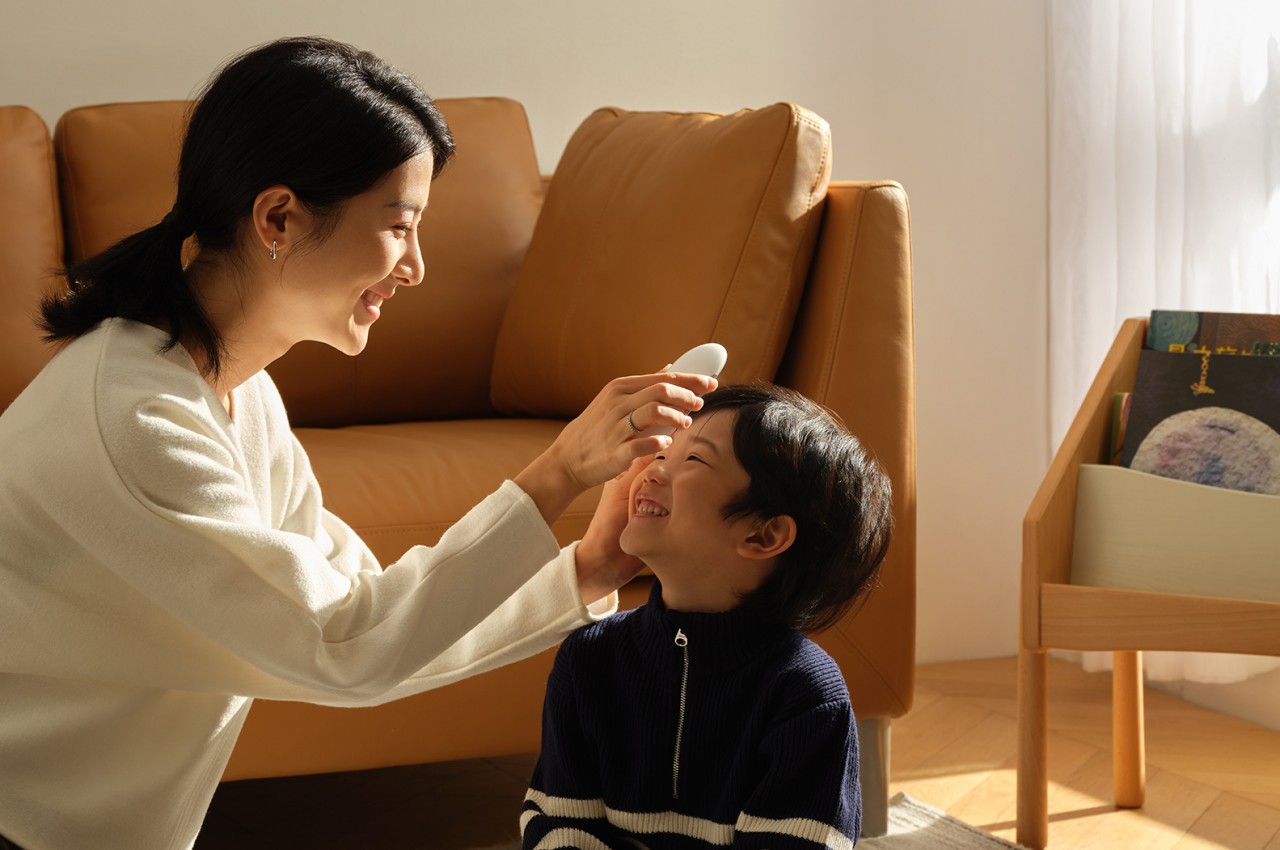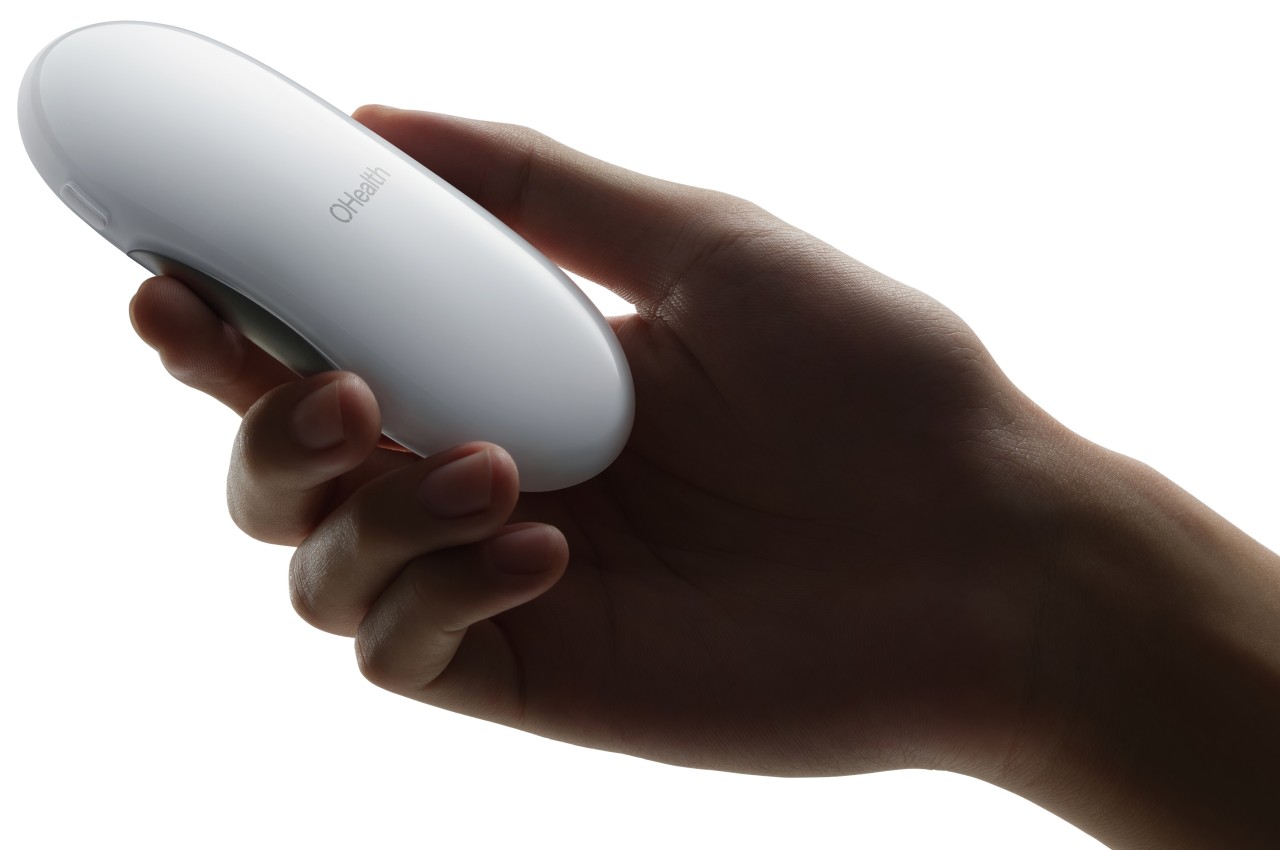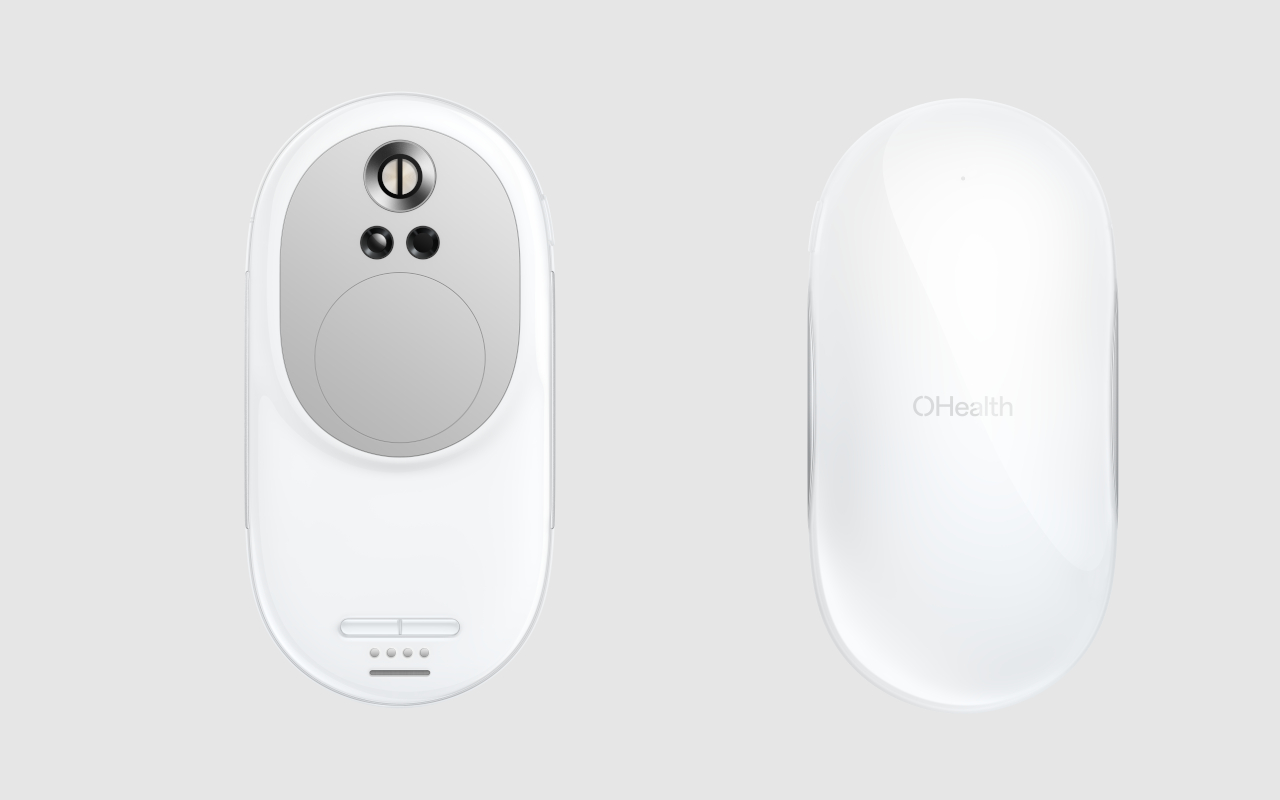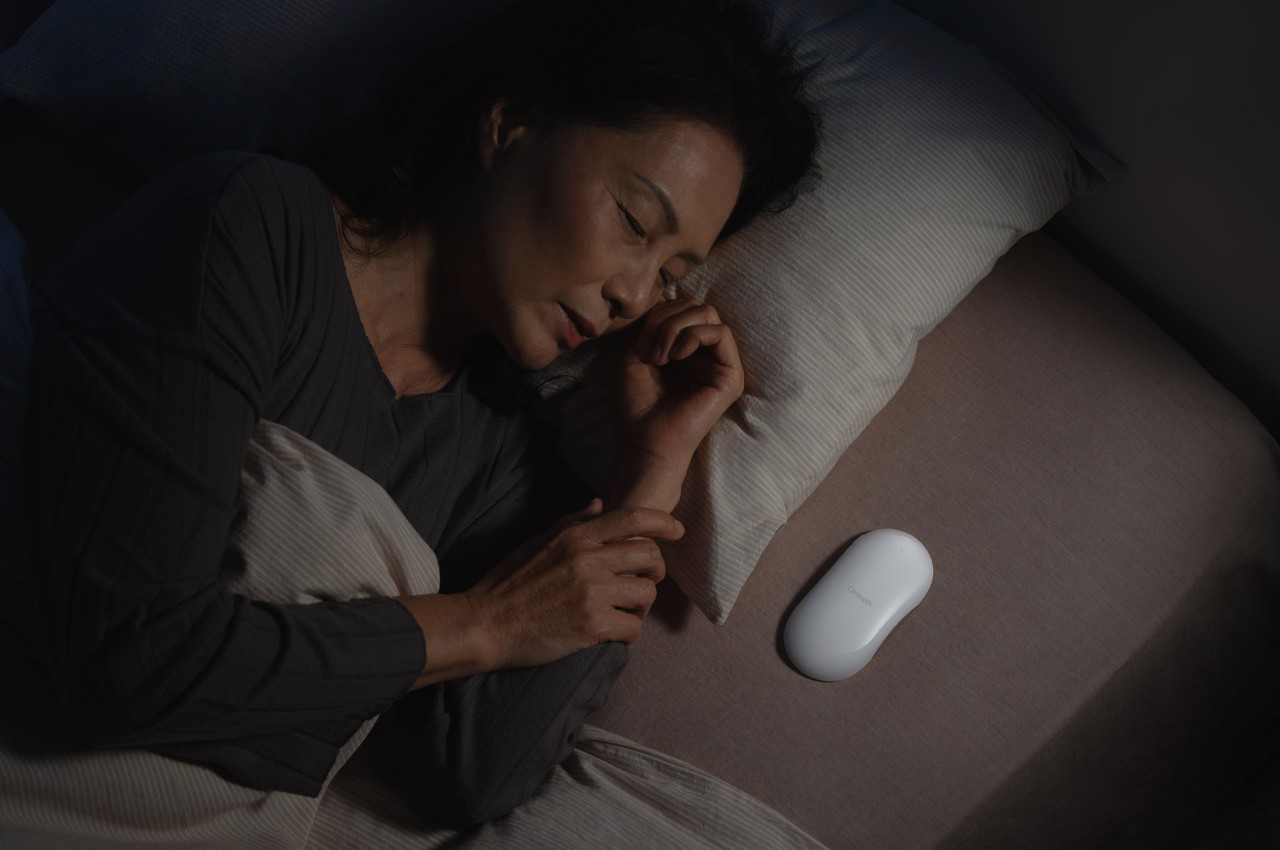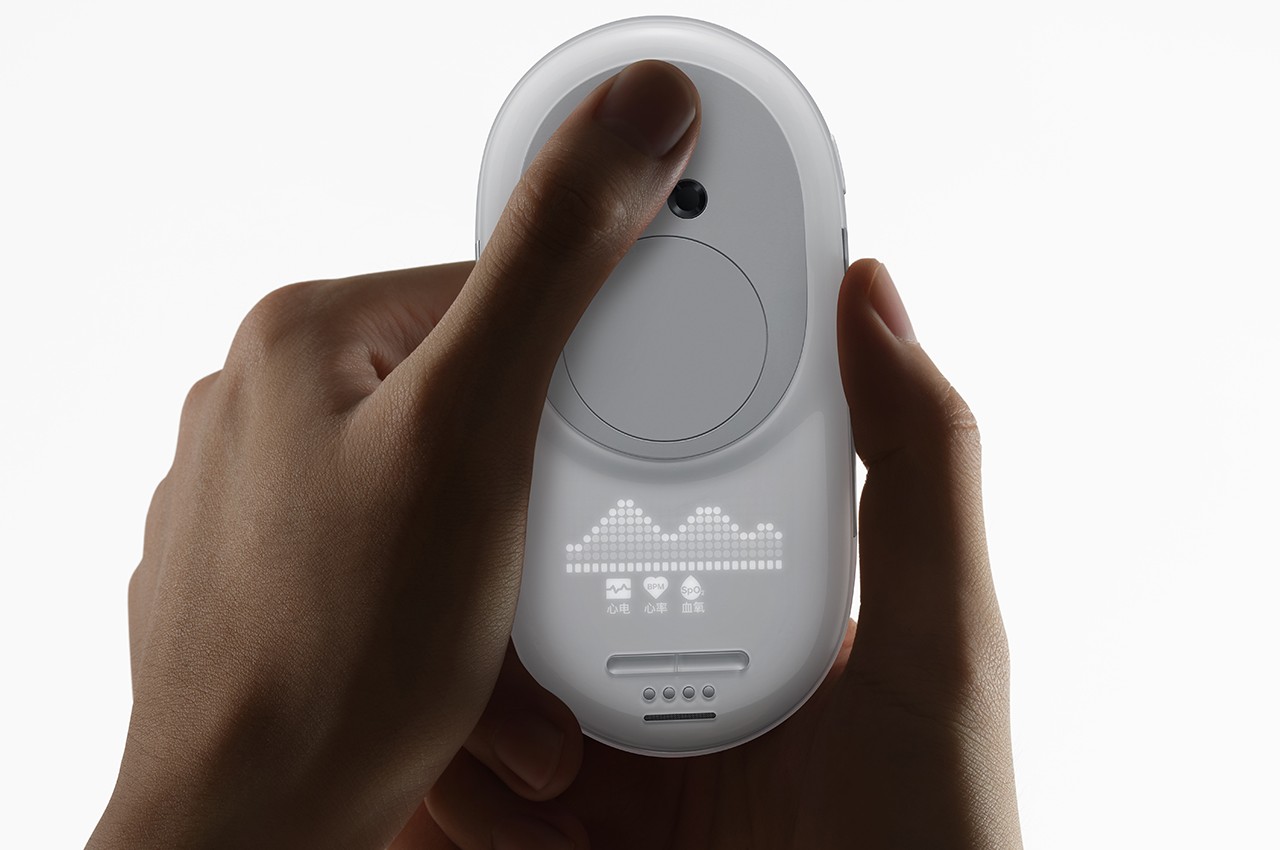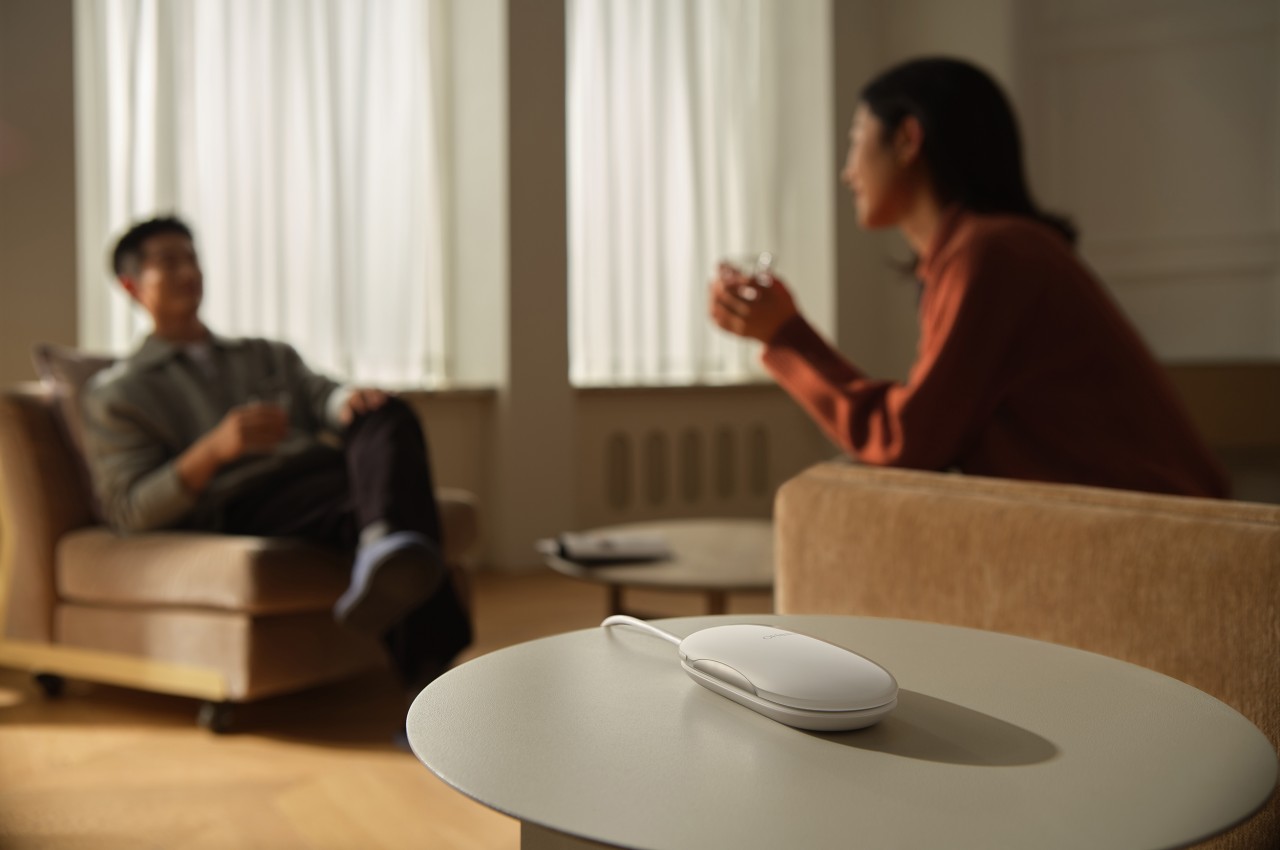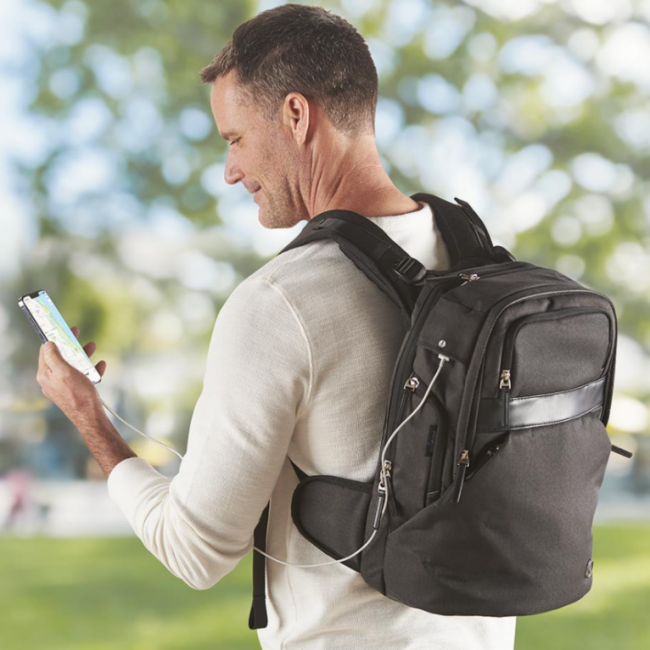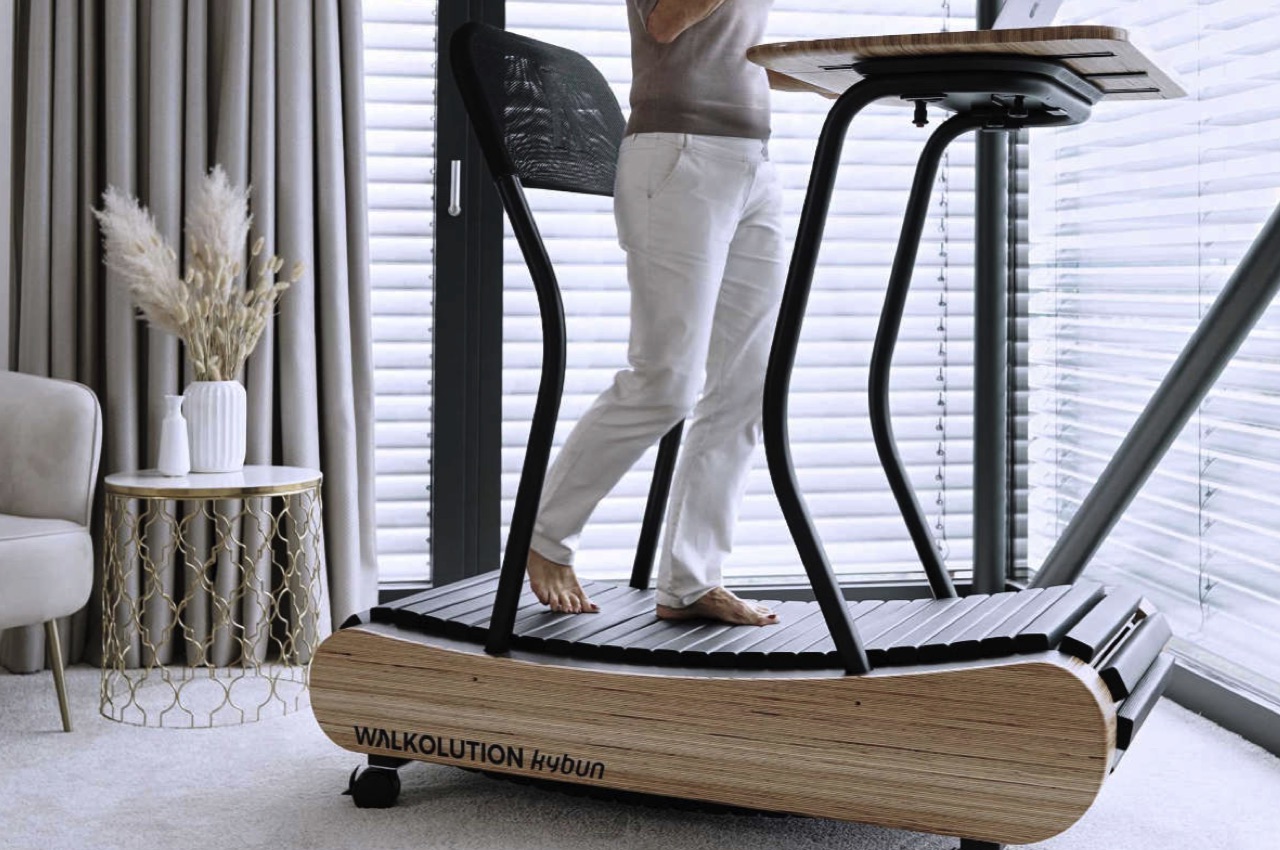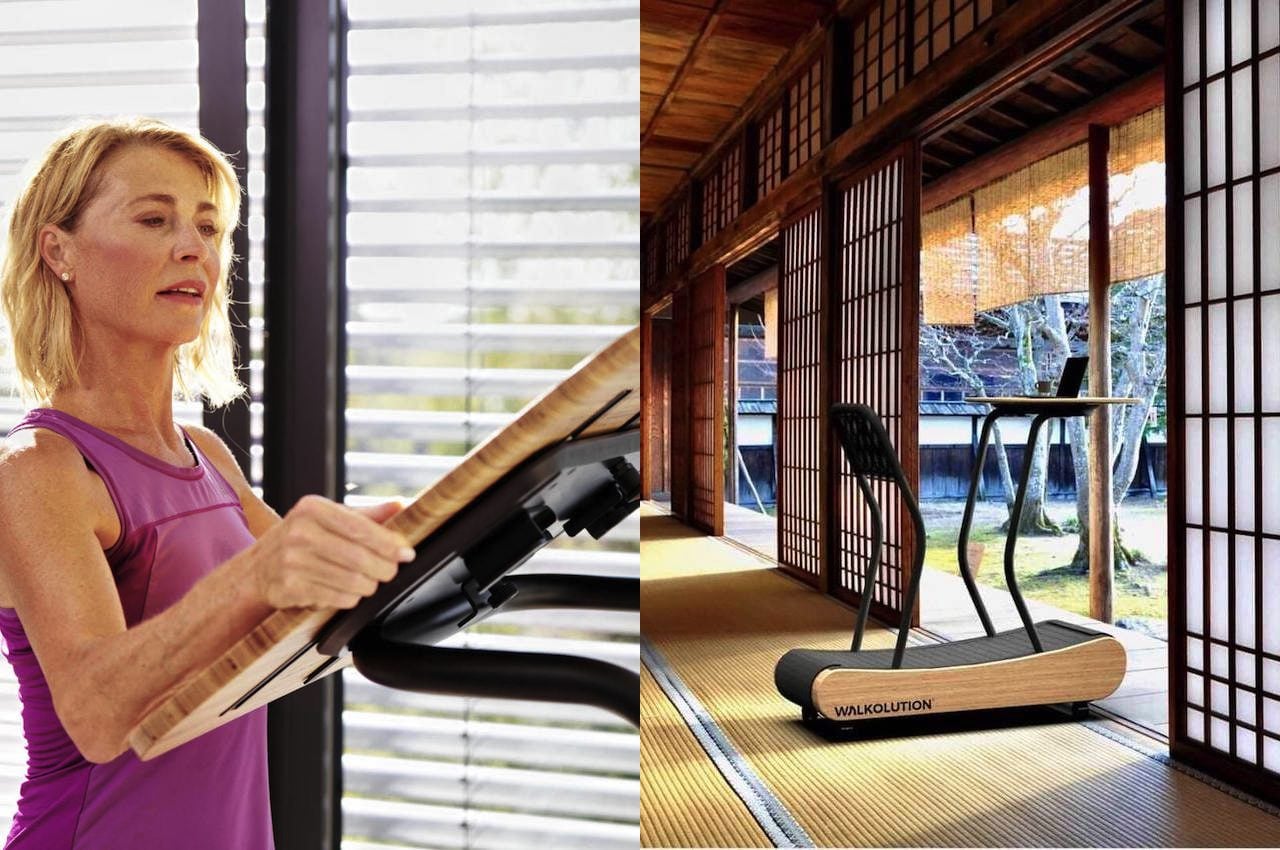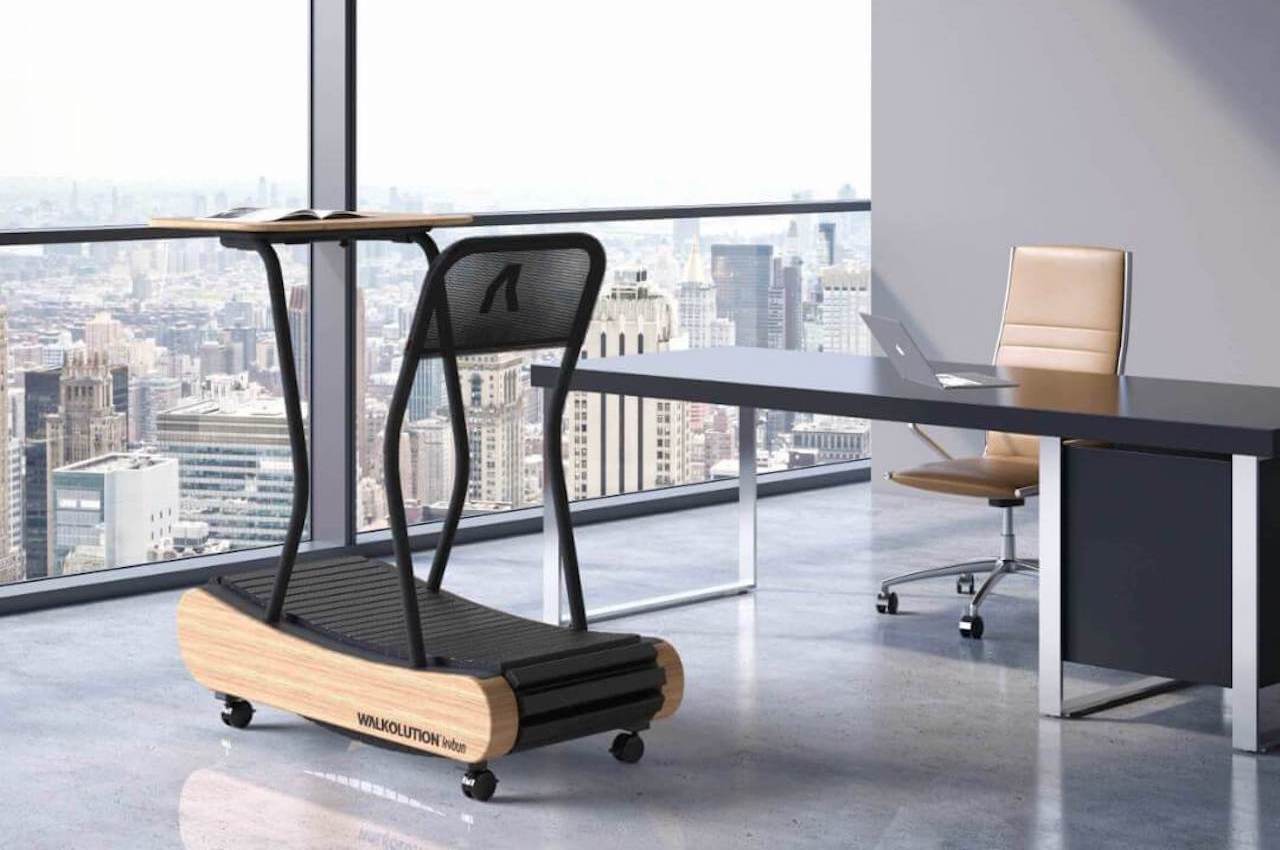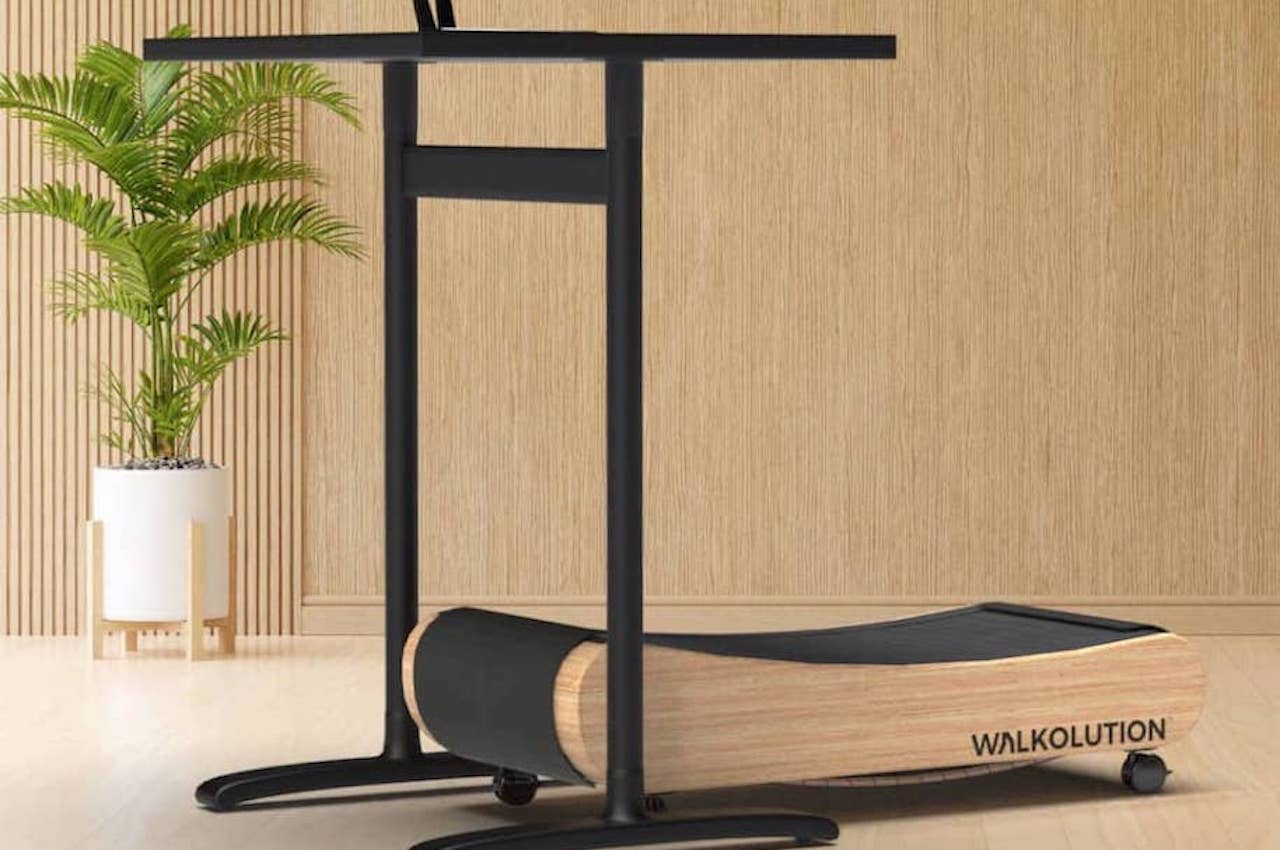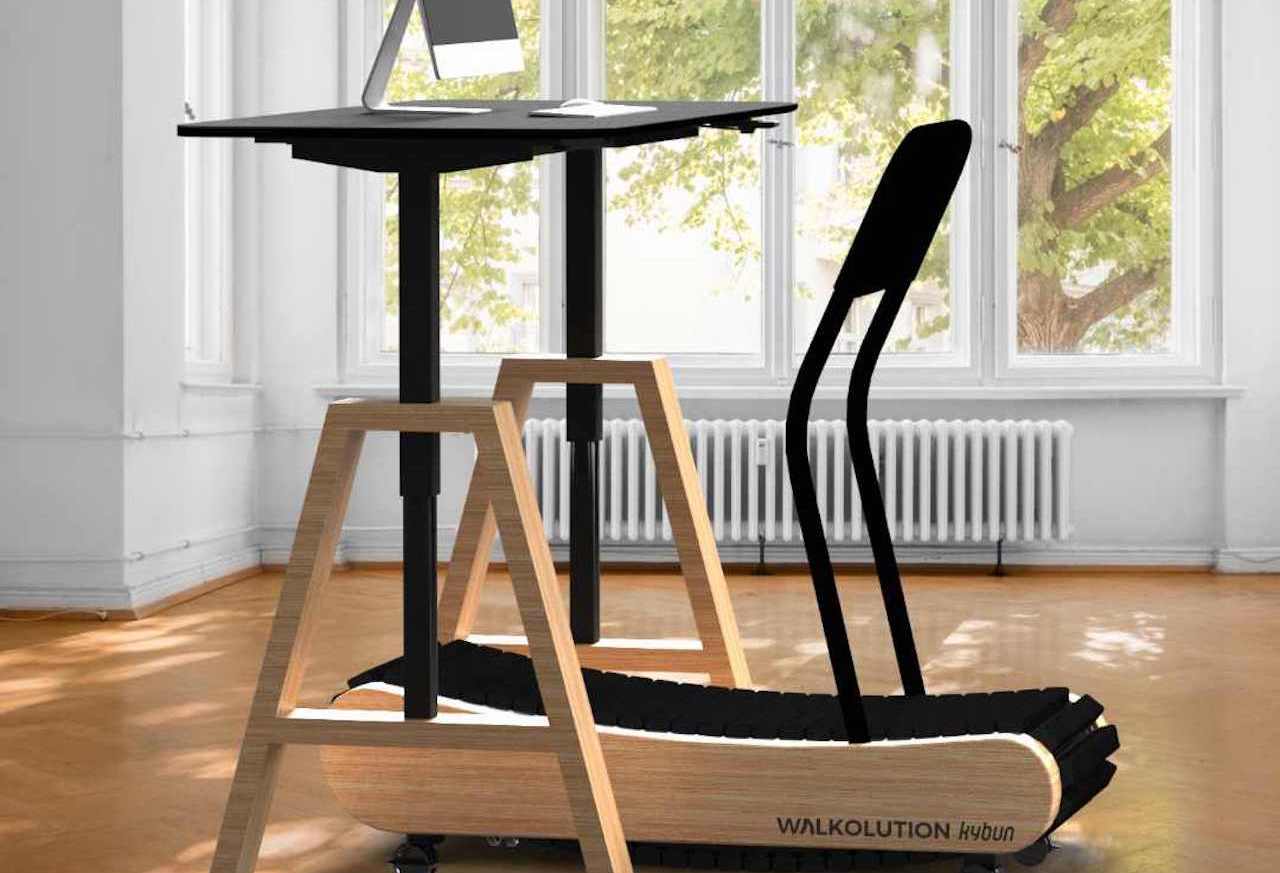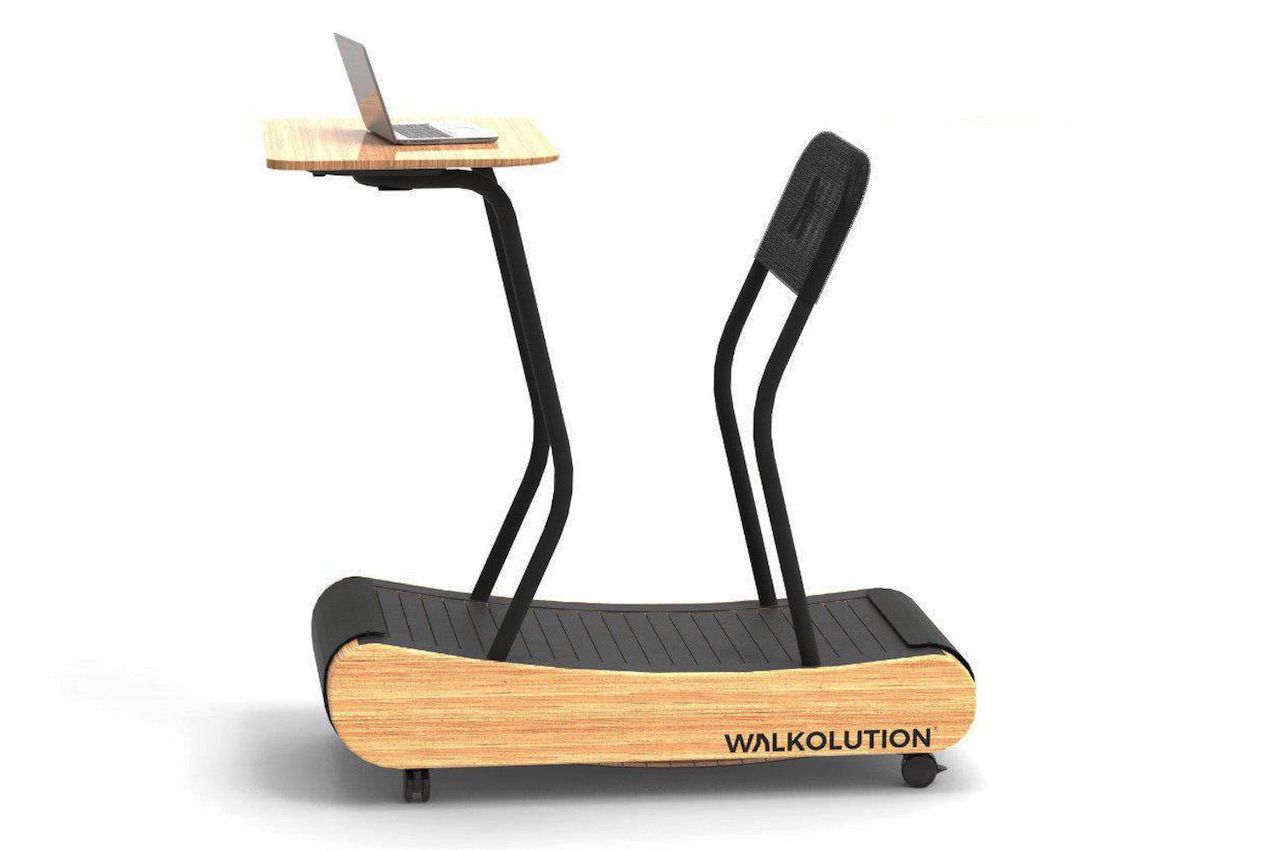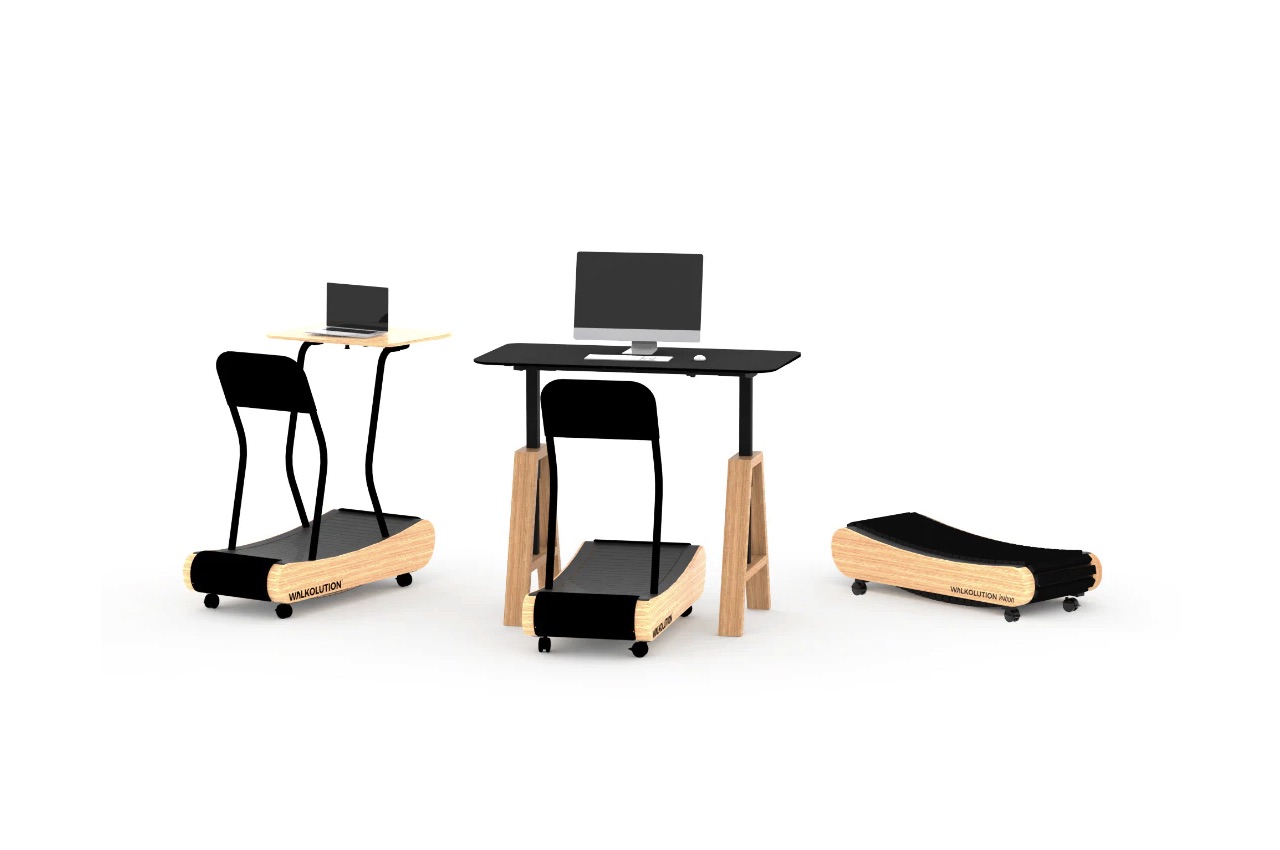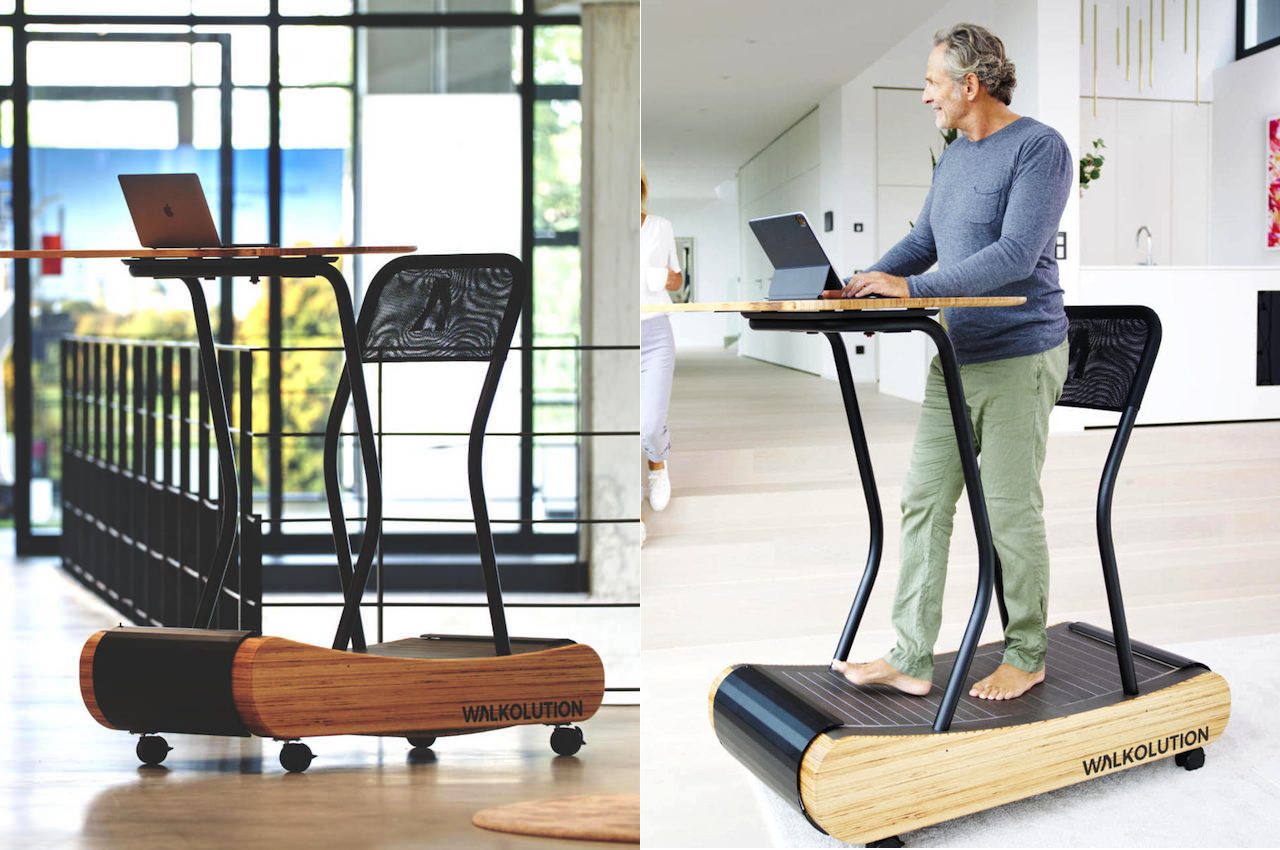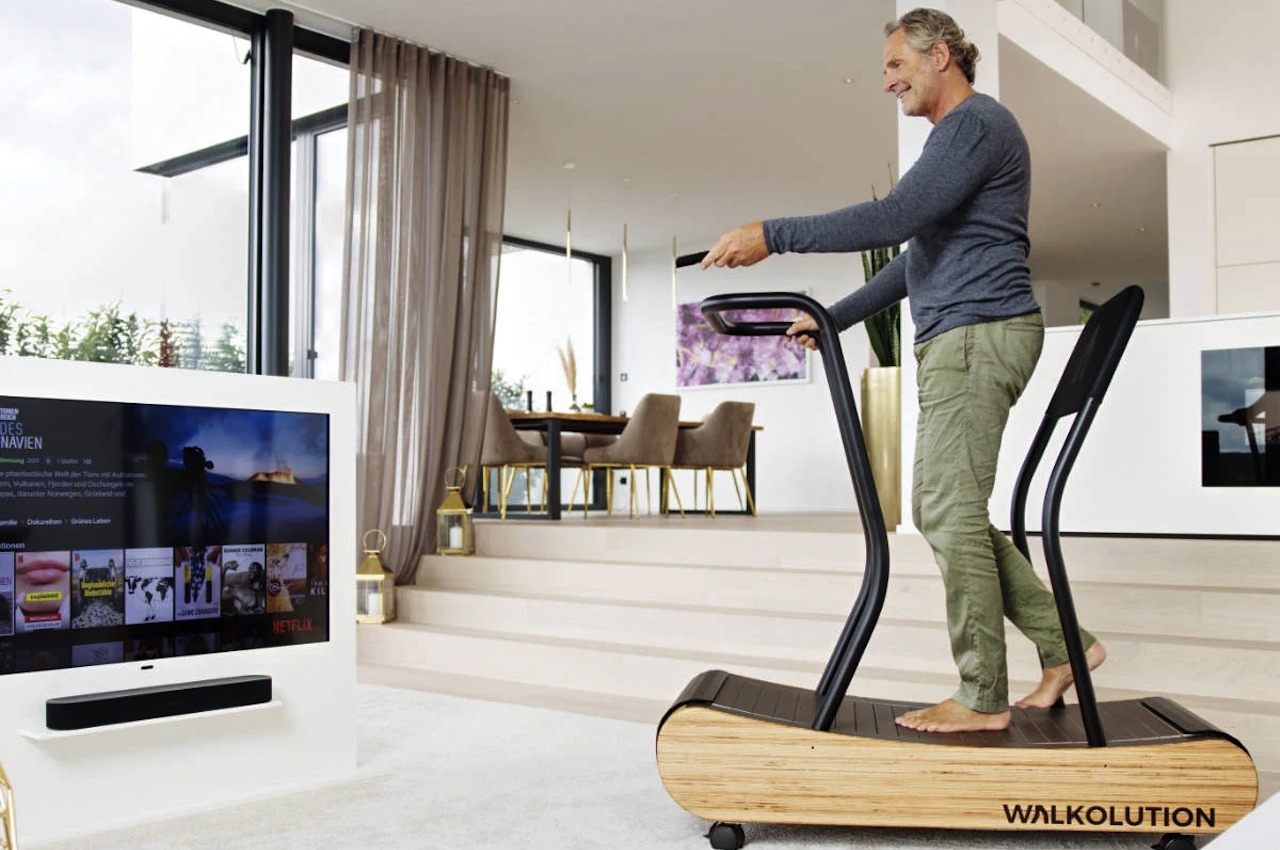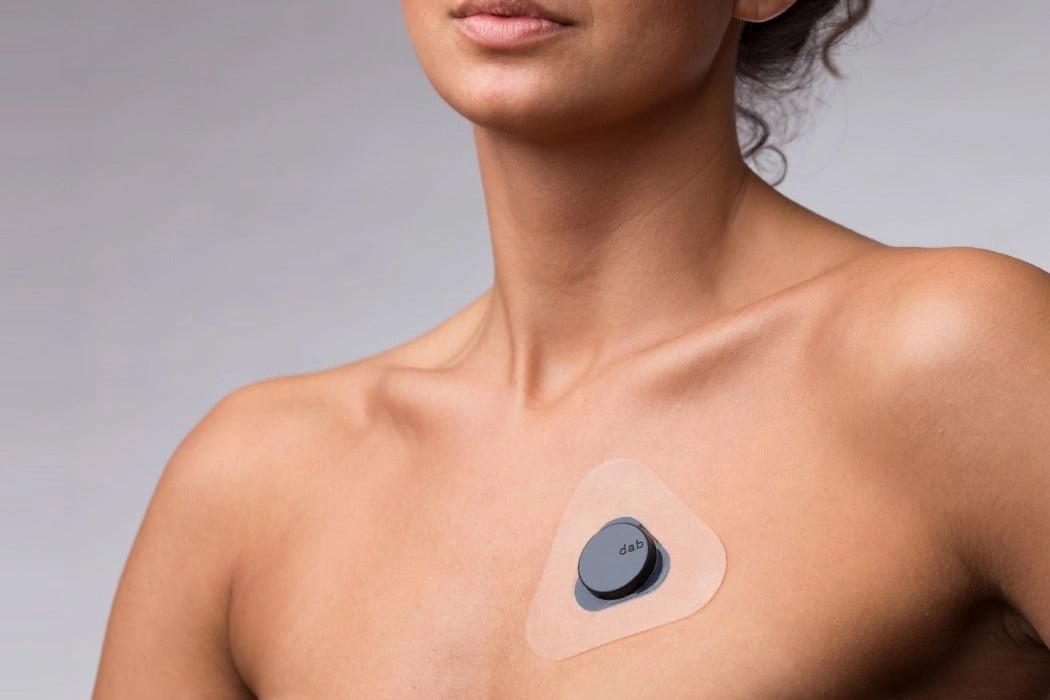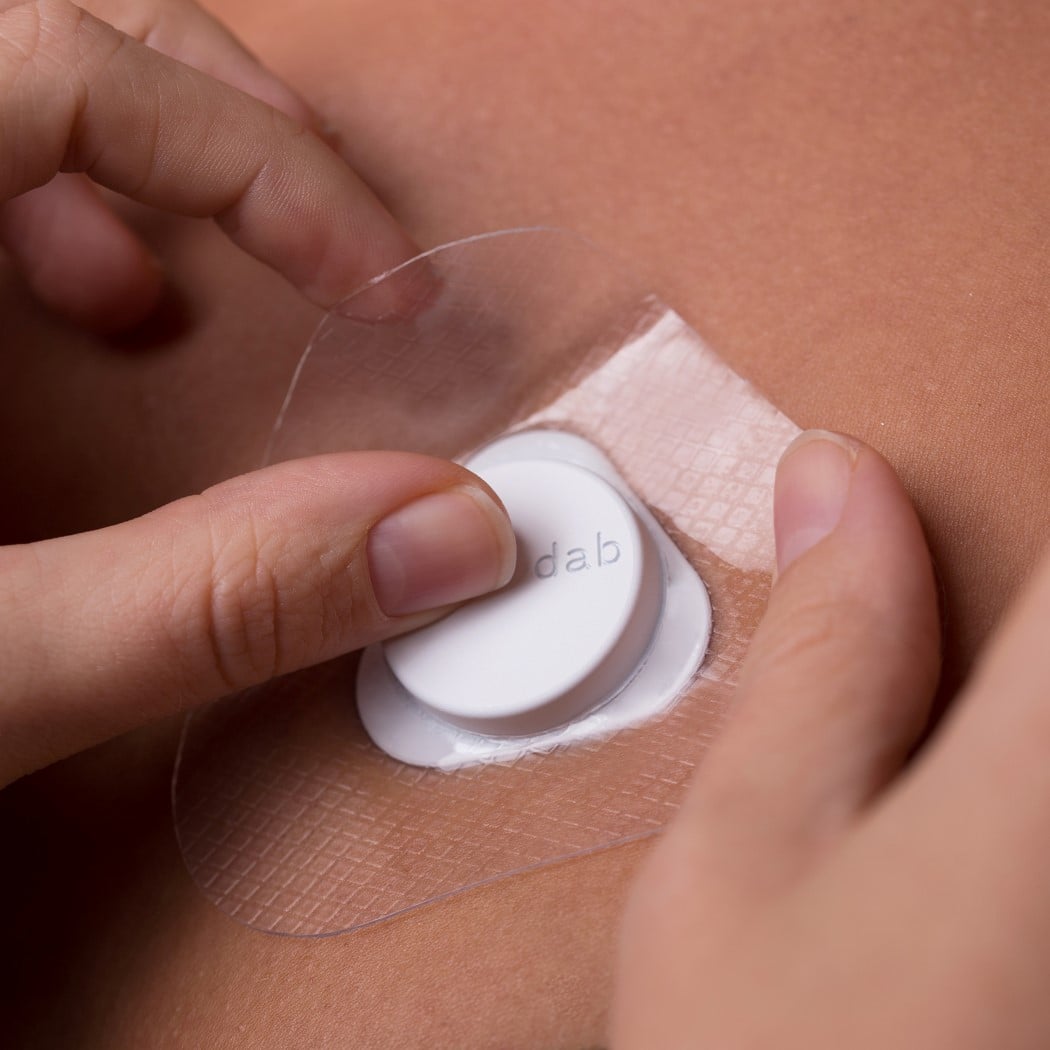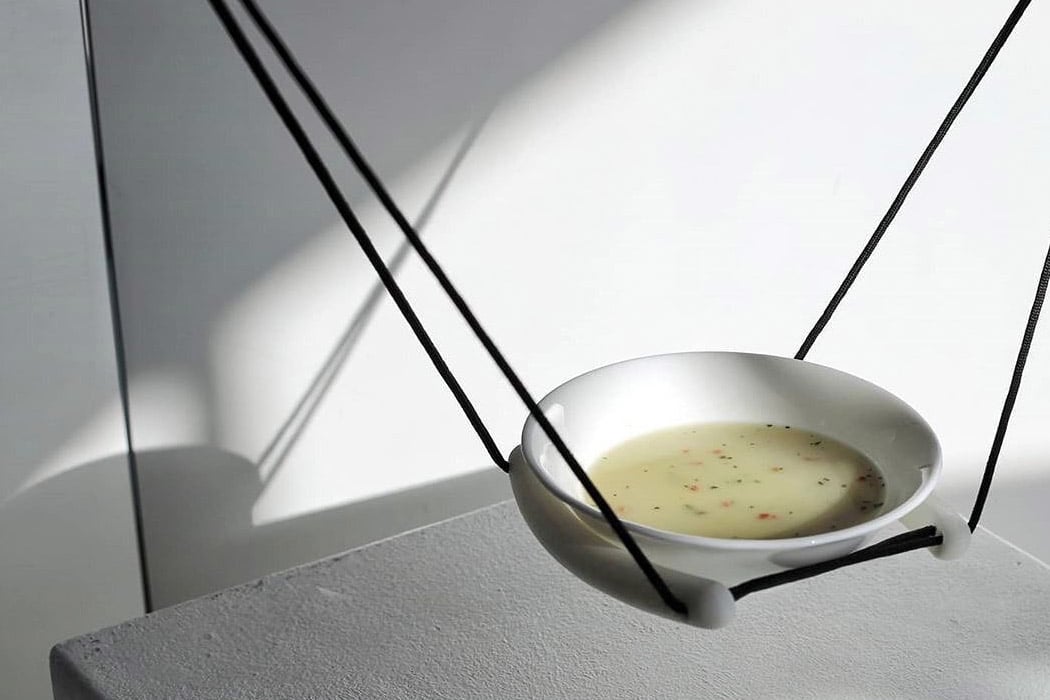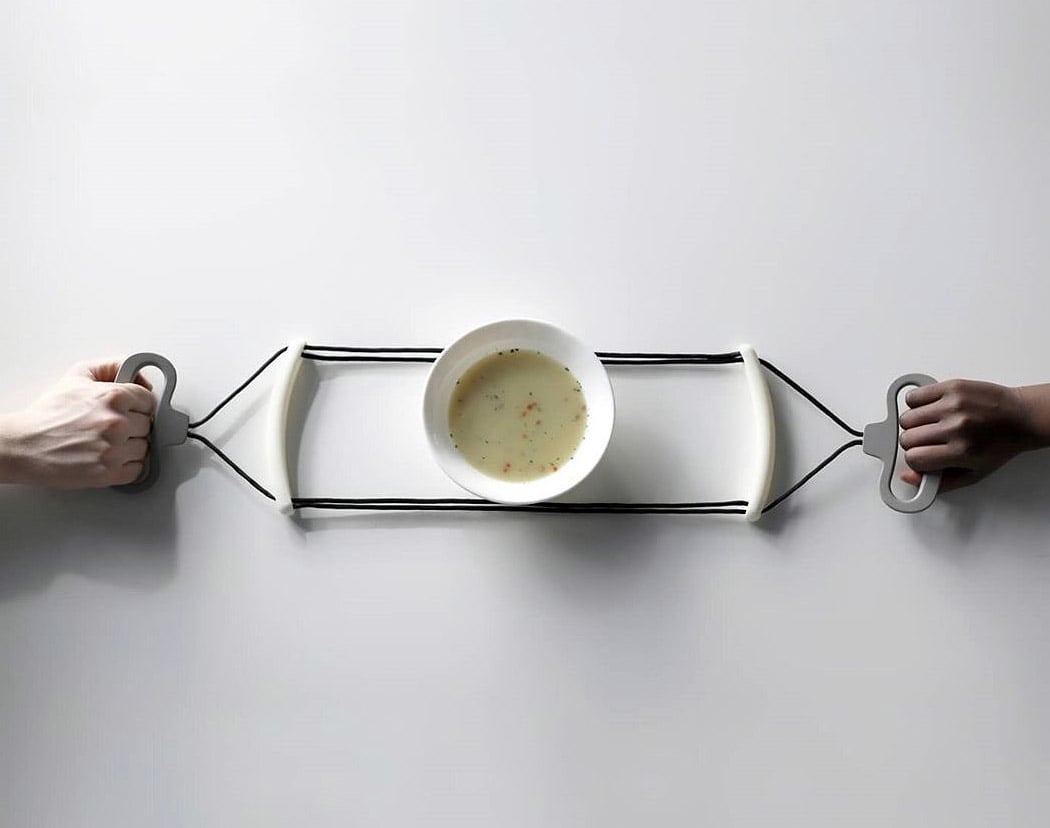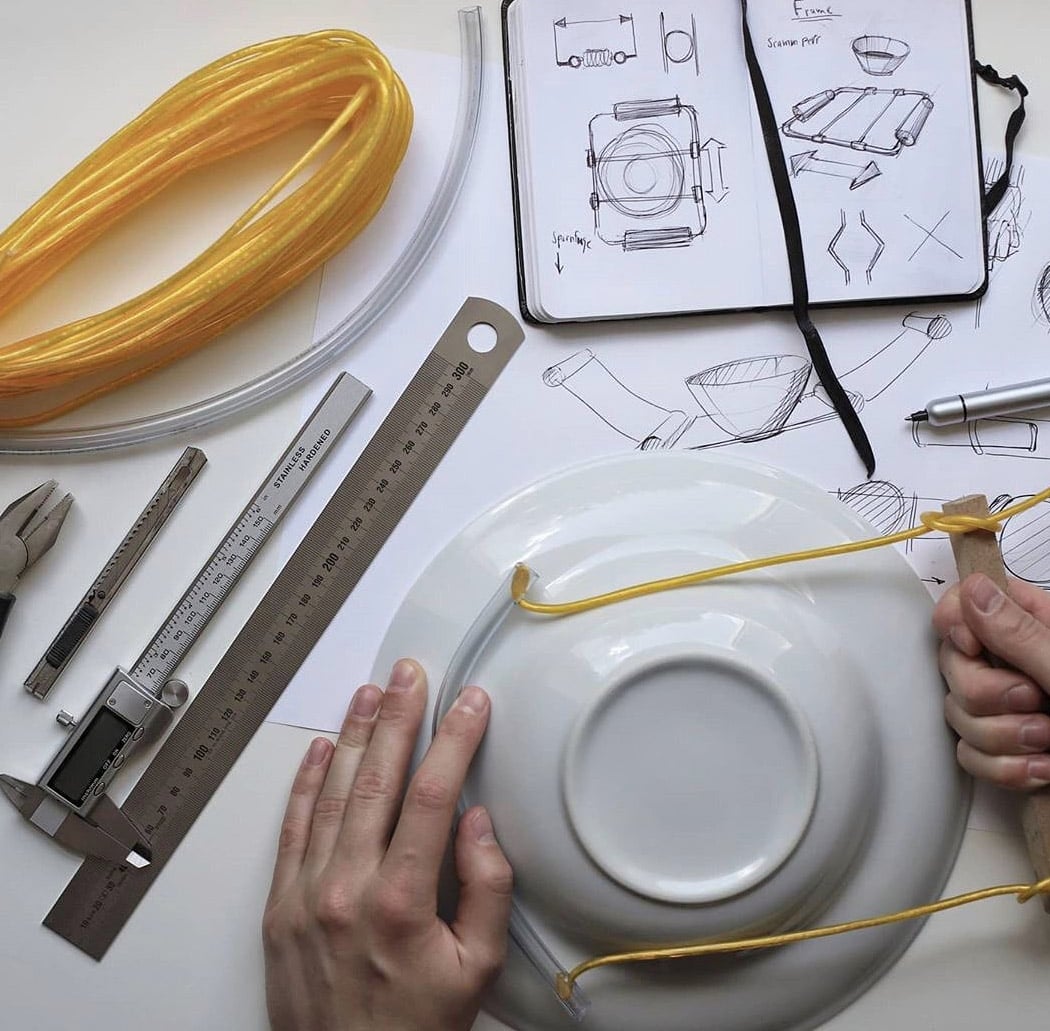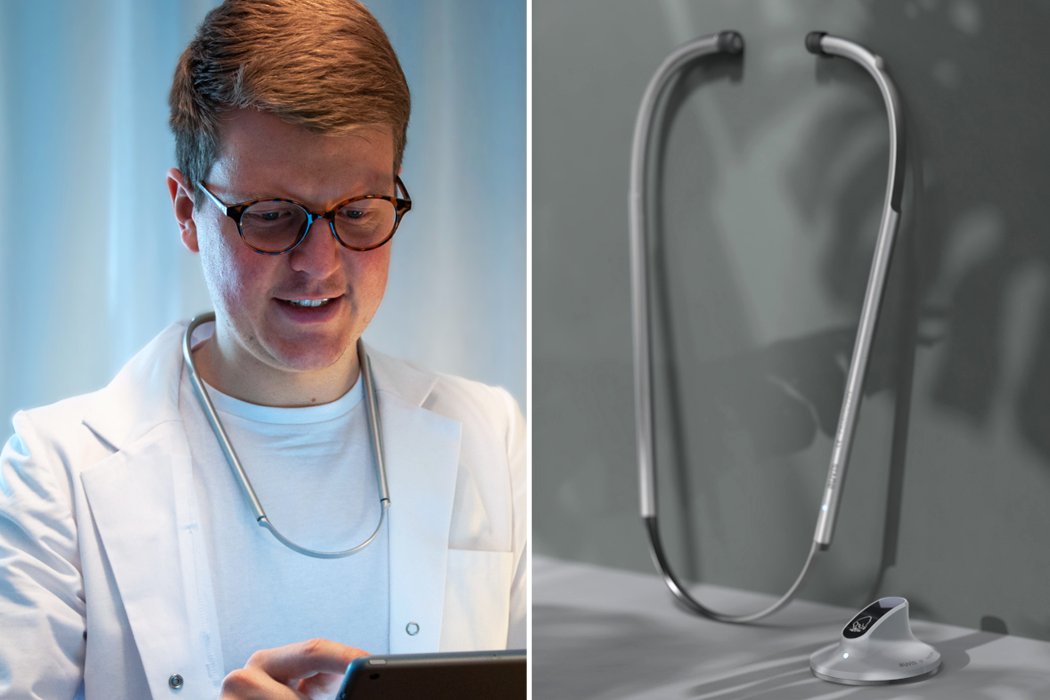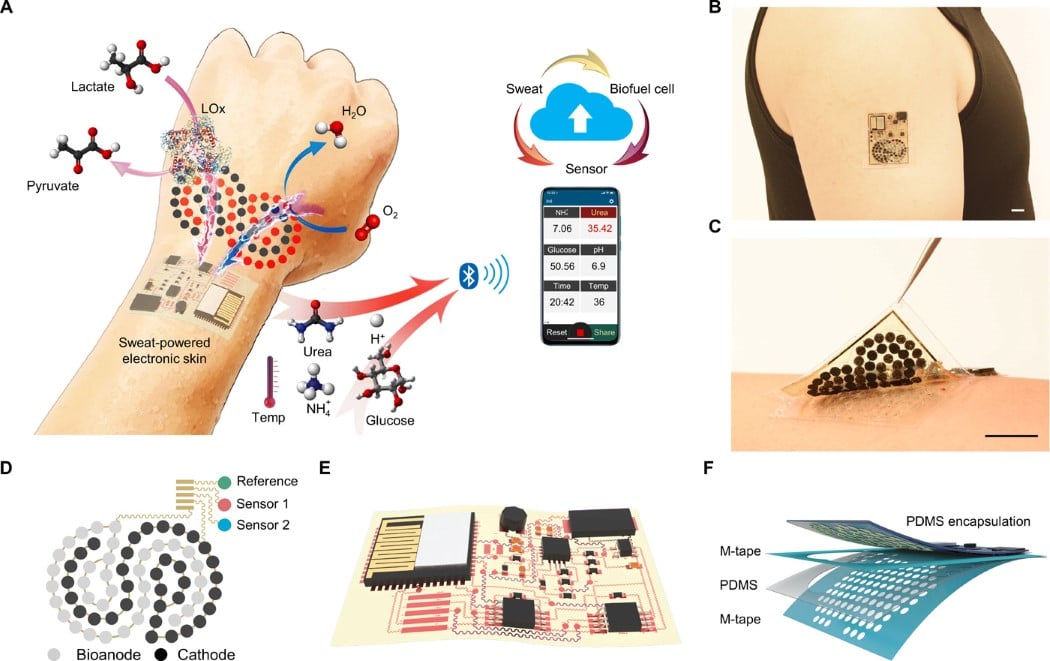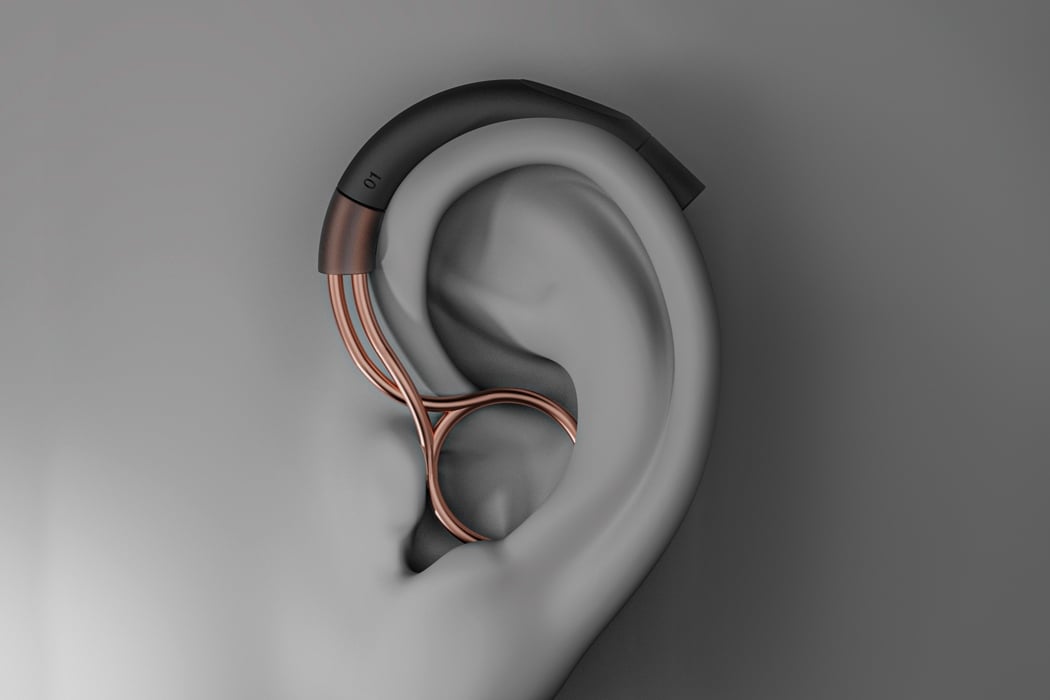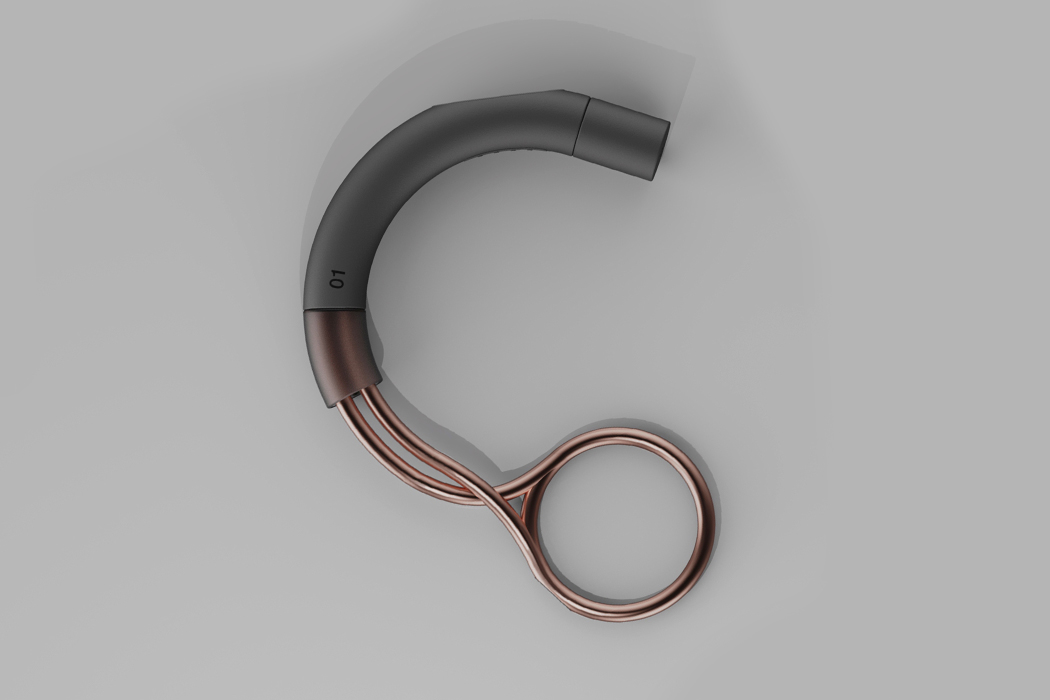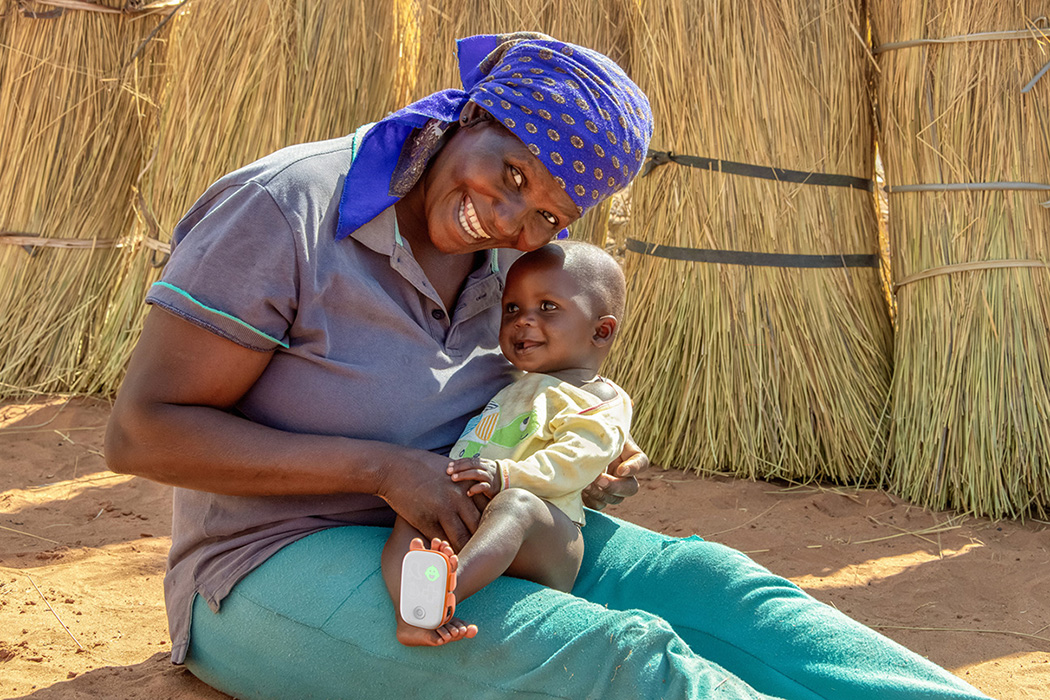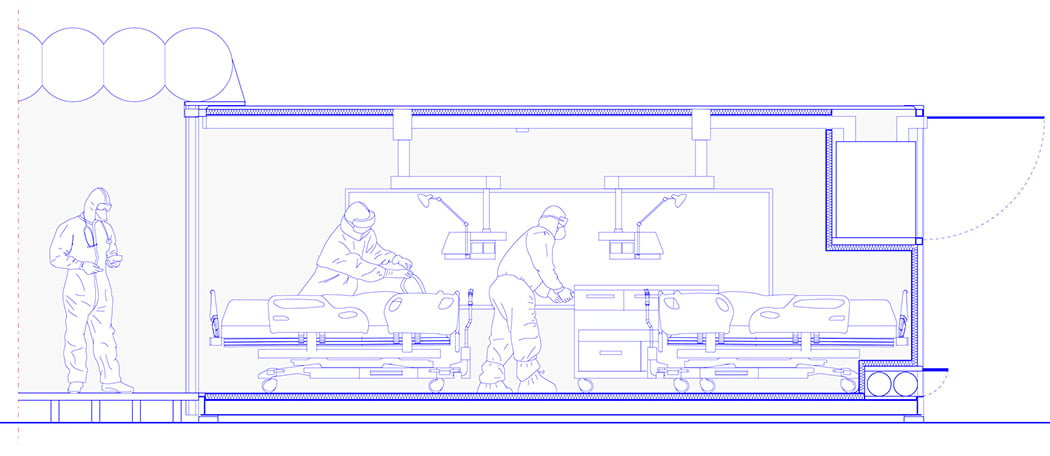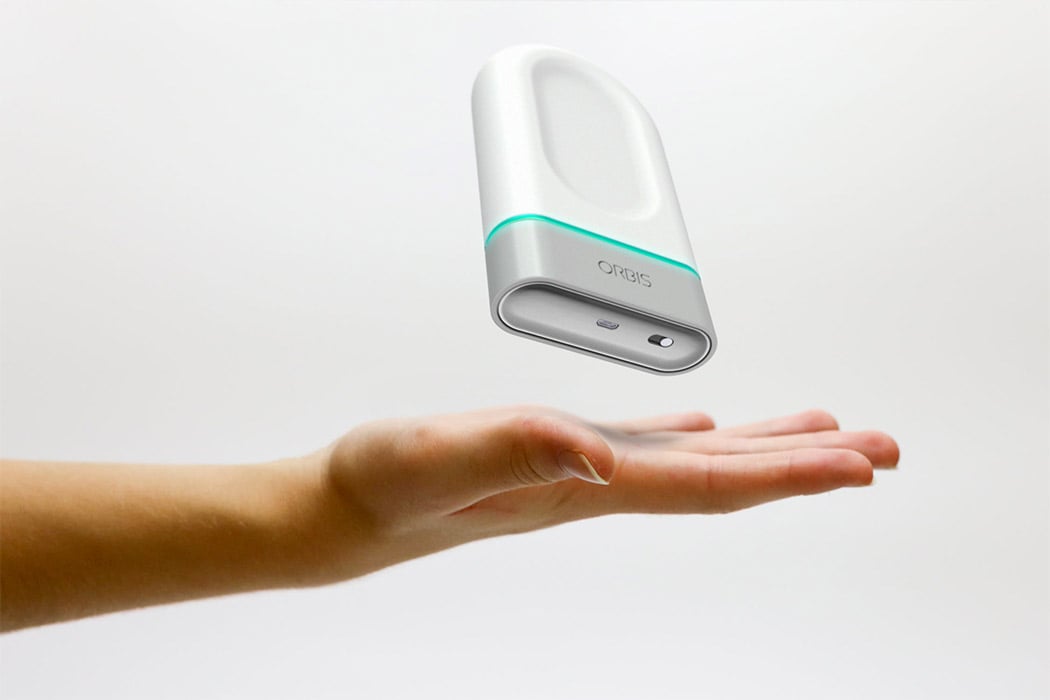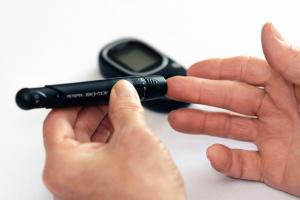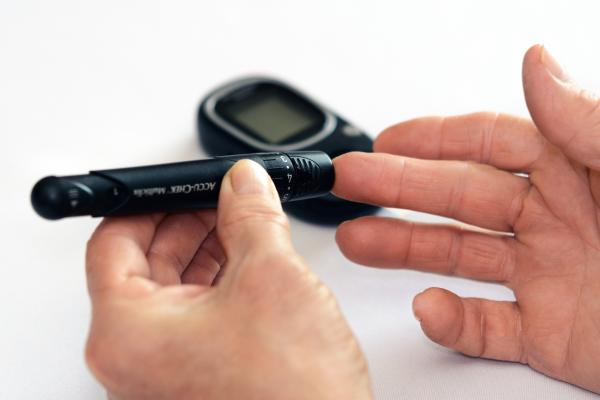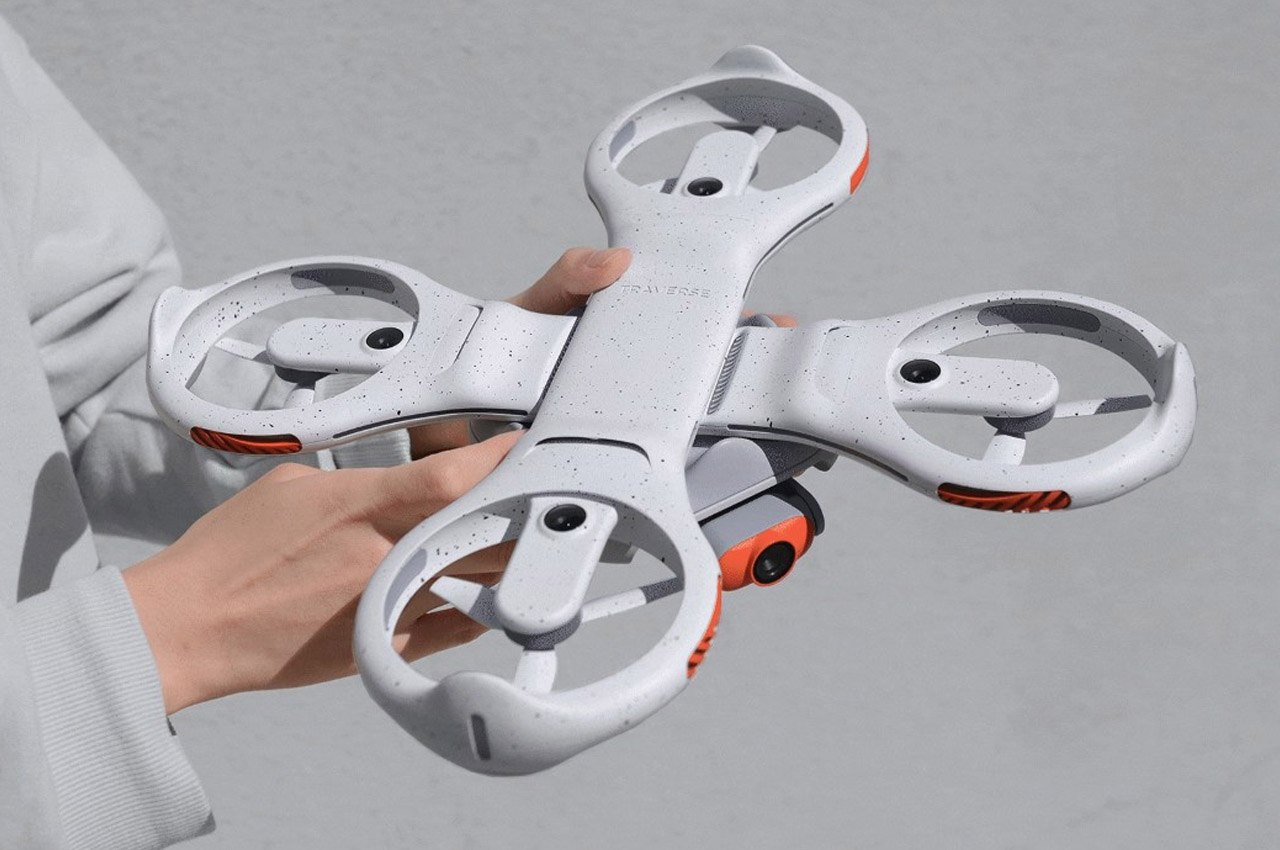
Taking care of our health and well-being, when there’s a literal global pandemic shaking up the world, can be hard. I mean there are bigger issues than the plate of fries I had for dinner last night, or the fact that my sleep cycle is a mess. Right? Wrong! Paying close attention to, and focusing on our mental and physical well-being has never been more integral. And we don’t just mean hitting the gym, or going for your morning run, maintaining well-being goes beyond simple physical fitness. Keeping our stress levels in check, ensuring we get a good night’s sleep, knowing when to disconnect off social media, and give our eyes and mind a rest – these are all important habits in ensuring we stay our healthiest version. And, we’ve curated a collection of handy gadgets that promise to help you achieve all your mental and physical health goals! From a brain training headset that improves your mental health and performance to a fitness-tracking toe ring that may be the coolest wearable we’ve seen in a while – these innovative gadgets are perfect for health-conscious individuals out there who want to stay their fittest selves during this pandemic!
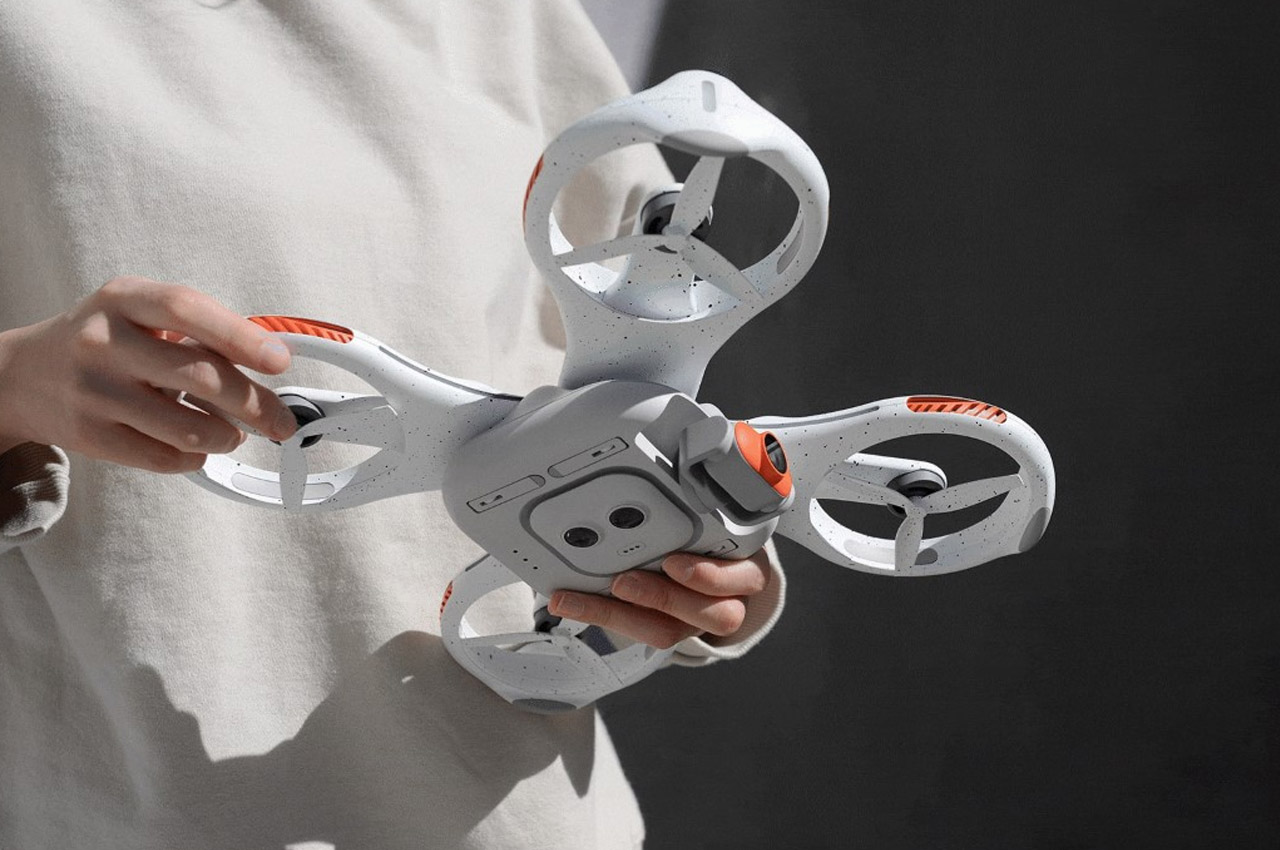
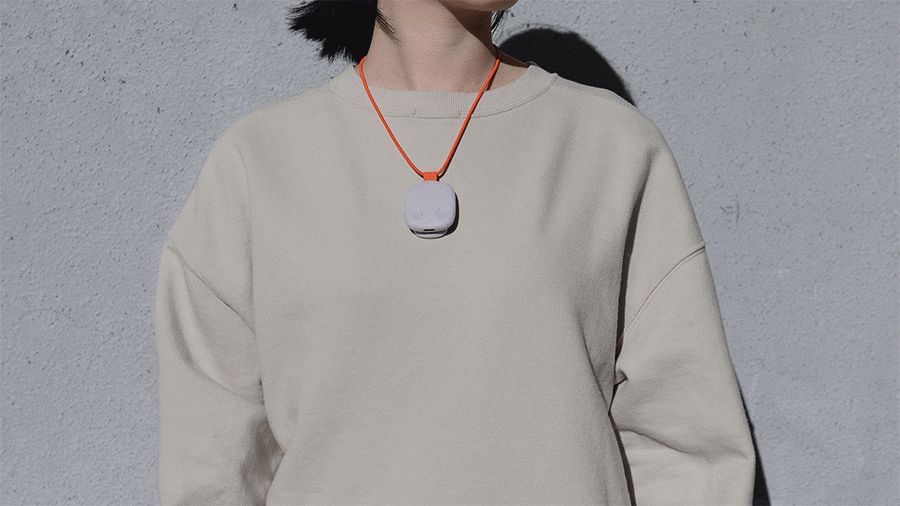
Designed by the students of the Hongik University, the Traverse is a conceptual drone powered by AI that’s designed to be a personal trainer for recreational runners. The autonomous drone comes with a quad-propeller layout, and also features multiple fish-eye cameras that help it navigate through spaces without requiring any external controls. A main gimbal-mounted camera focuses on you, the runner, and the camera focuses on you as you run, monitoring your speed, performance, technique, laps, and charts your overall progress. While running, Traverse takes photos and videos of runners to give them Form correction & visual running feedback by tracking their posture with deep learning.
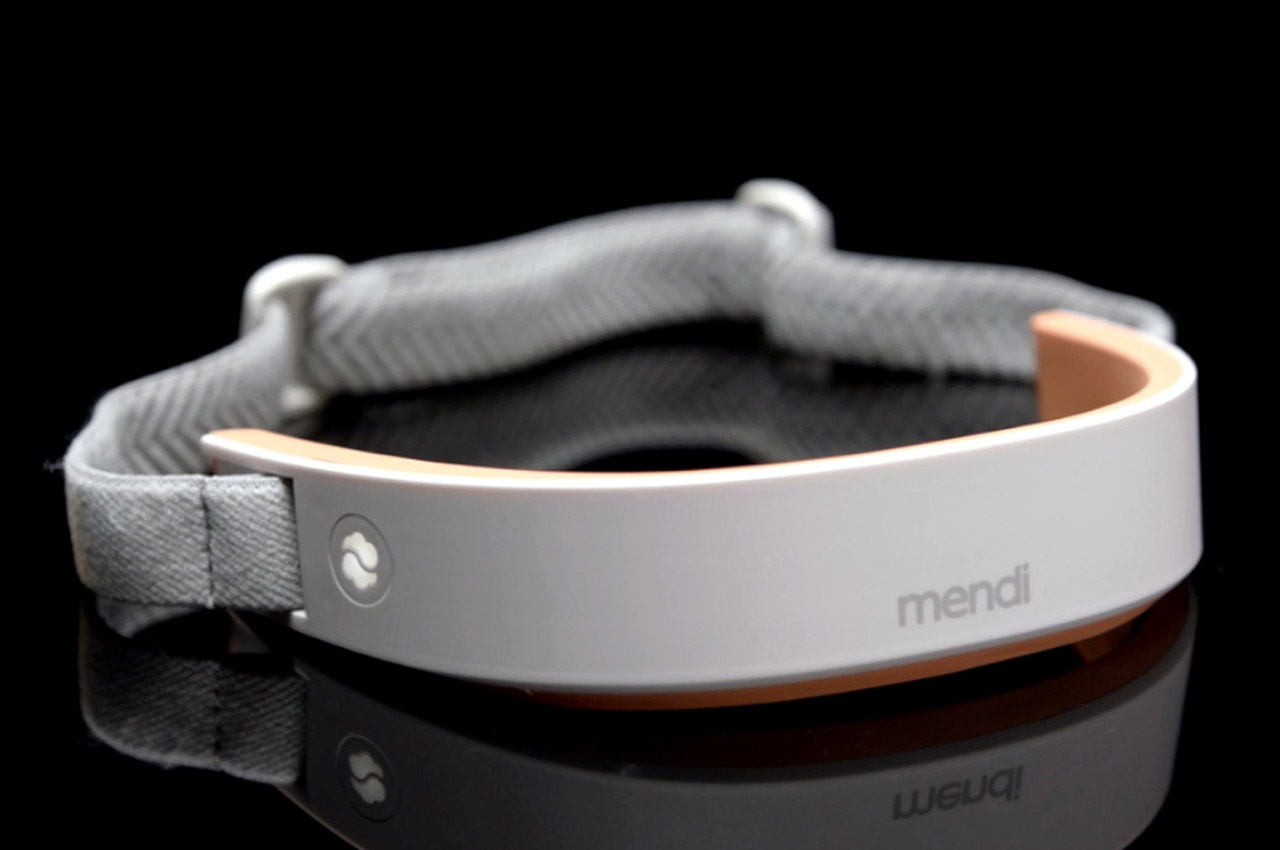
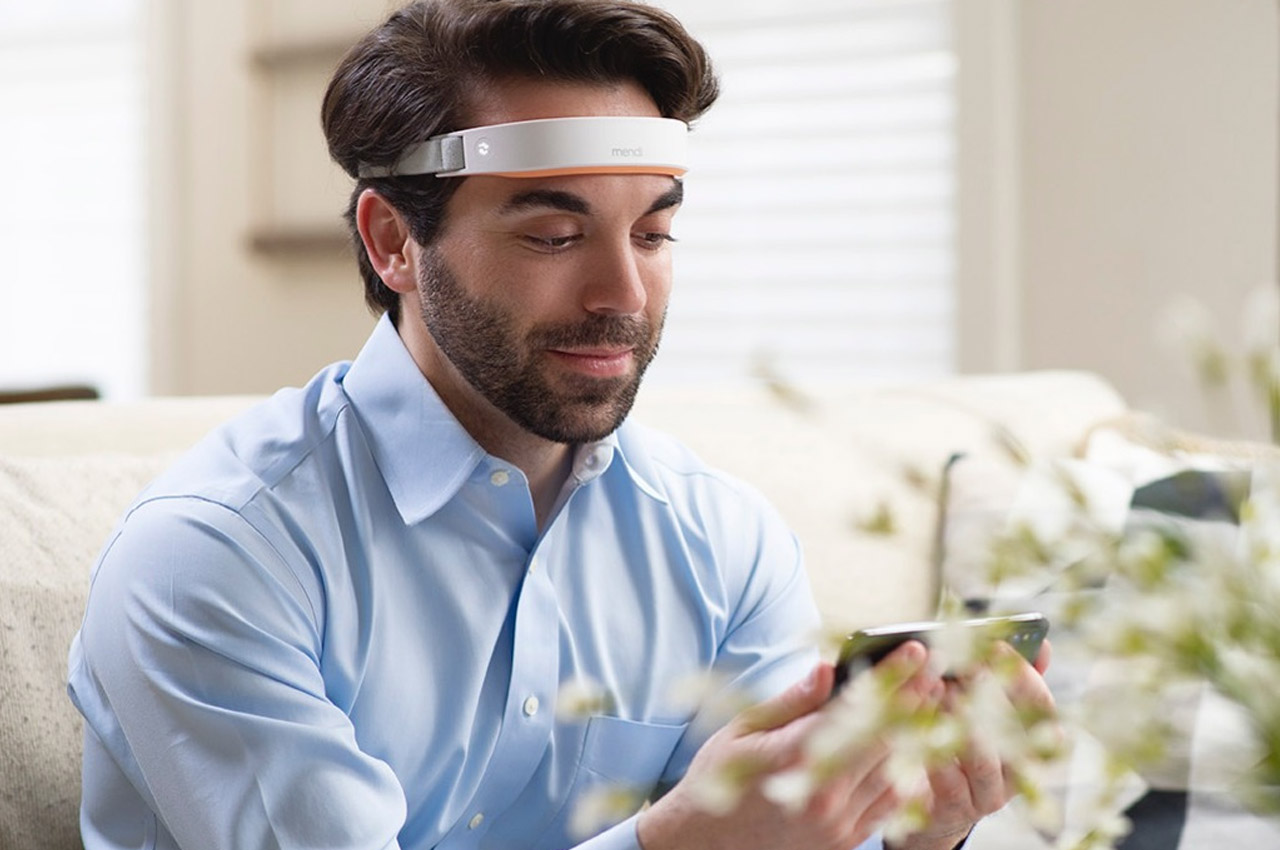
Designed to be ‘gym equipment for your mind, Mendi lets you train your brain and even measure its progress along the way. This can help you be more mindful, beat stress, improve your mental and physical performance at work or while playing a sport, and even help overcome learning difficulties. Mendi sits on your head, like a slim innocuous headband, but underneath its sleek exterior, it holds a myriad of sensors that measure brain activity, blood flow, and oxygenation of your prefrontal cortex. Paired with an app that lets you go through brain exercises, Mendi tracks your brain’s activity while the app pushes you to use your mind more through a series of focus-building games. At the end of a 10-minute session, the app lets you know how much energy your brain expended, what progress you made, and where you’re currently at
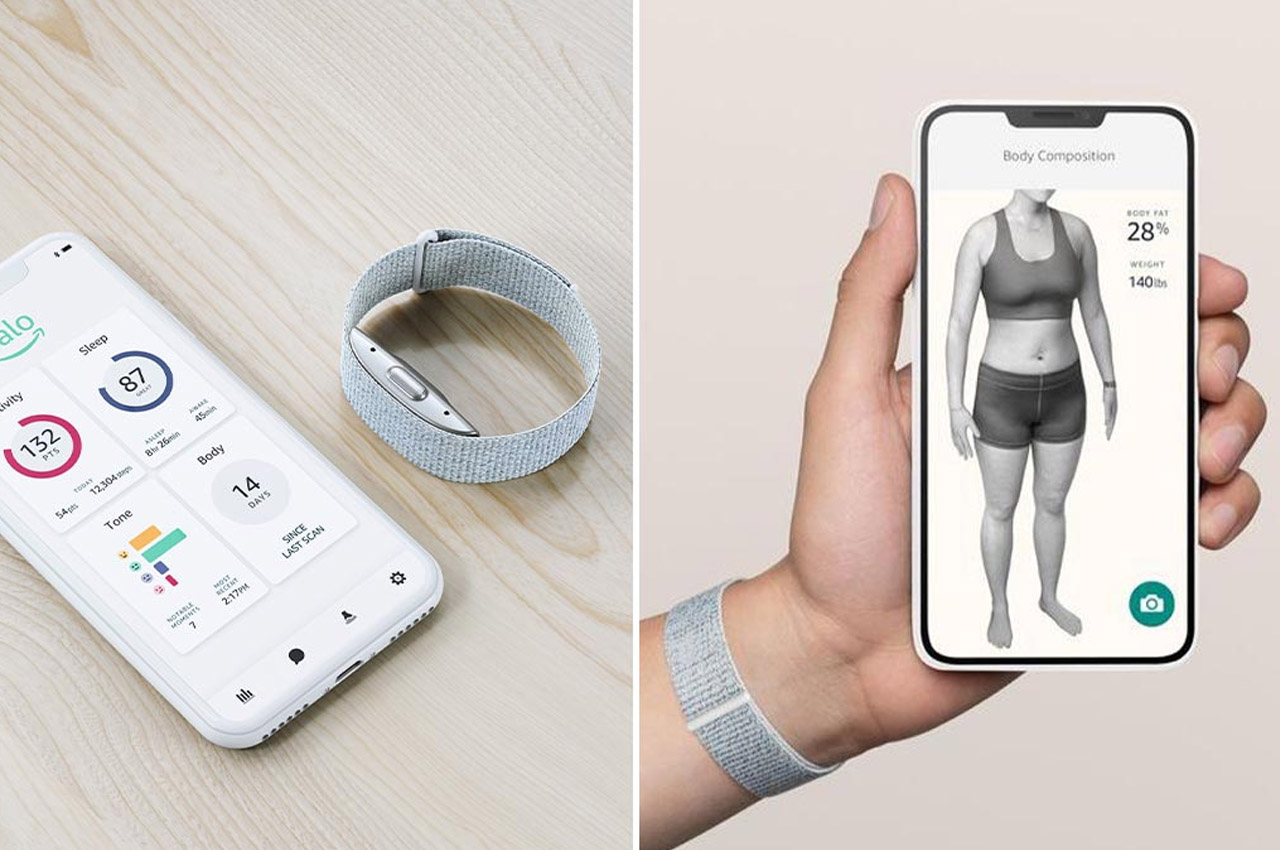
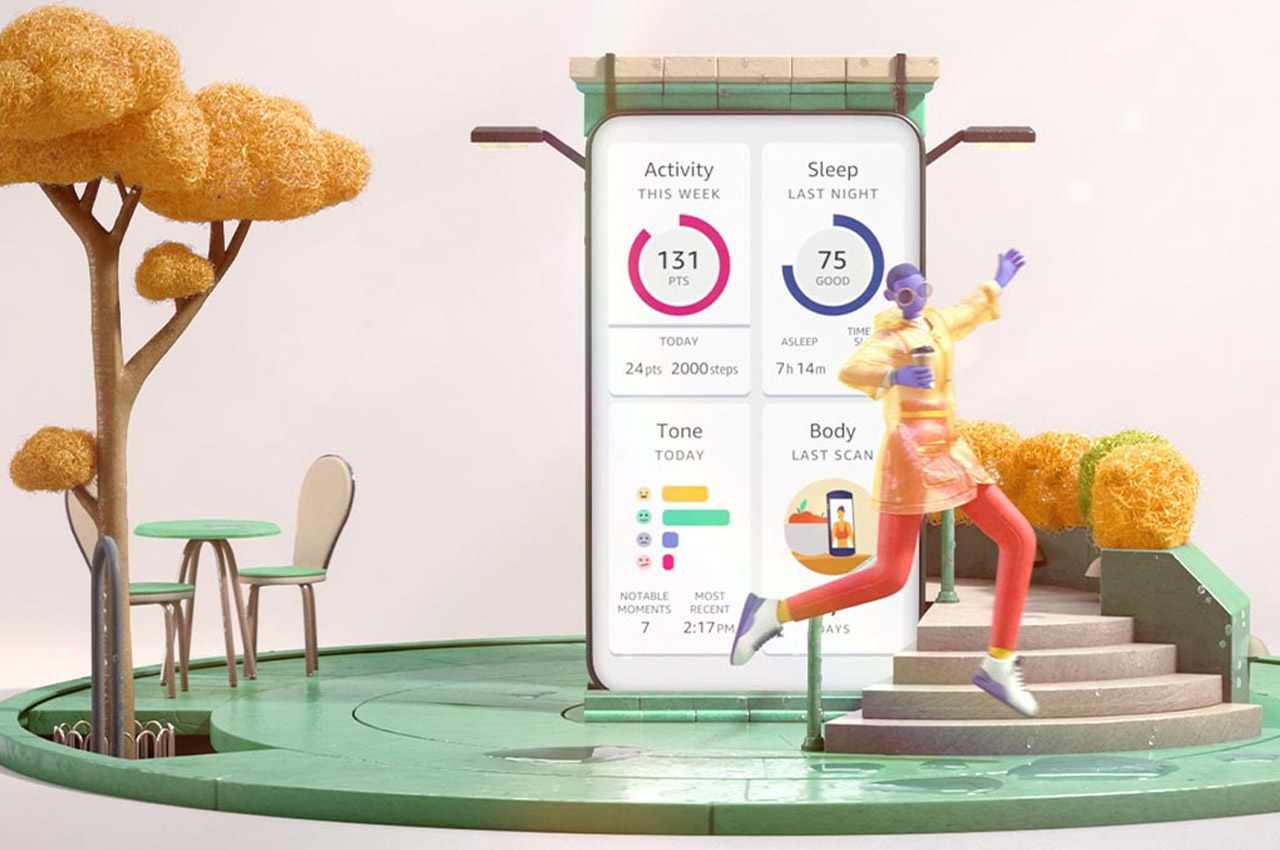
The Halo Band will cost $99.99 and the service (which is required for Halo’s more advanced features) costs $3.99 per month. Health and wellness are one of the few industries still thriving in unprecedented times because physical and mental well-being is of utmost priority for everyone right now. Halo’s most exclusive feature is the fact that it creates a 3D model of your body and tracks the emotional tone in your voice for an even more personalized wellness journey. Technology with EQ (emotional quotient) capabilities are rare and mostly seen in experimental robots. Another thing that sets it apart from others in the market is that it doesn’t have a screen which indicates that Amazon wants to focus less on sports and more on lifestyle changes.
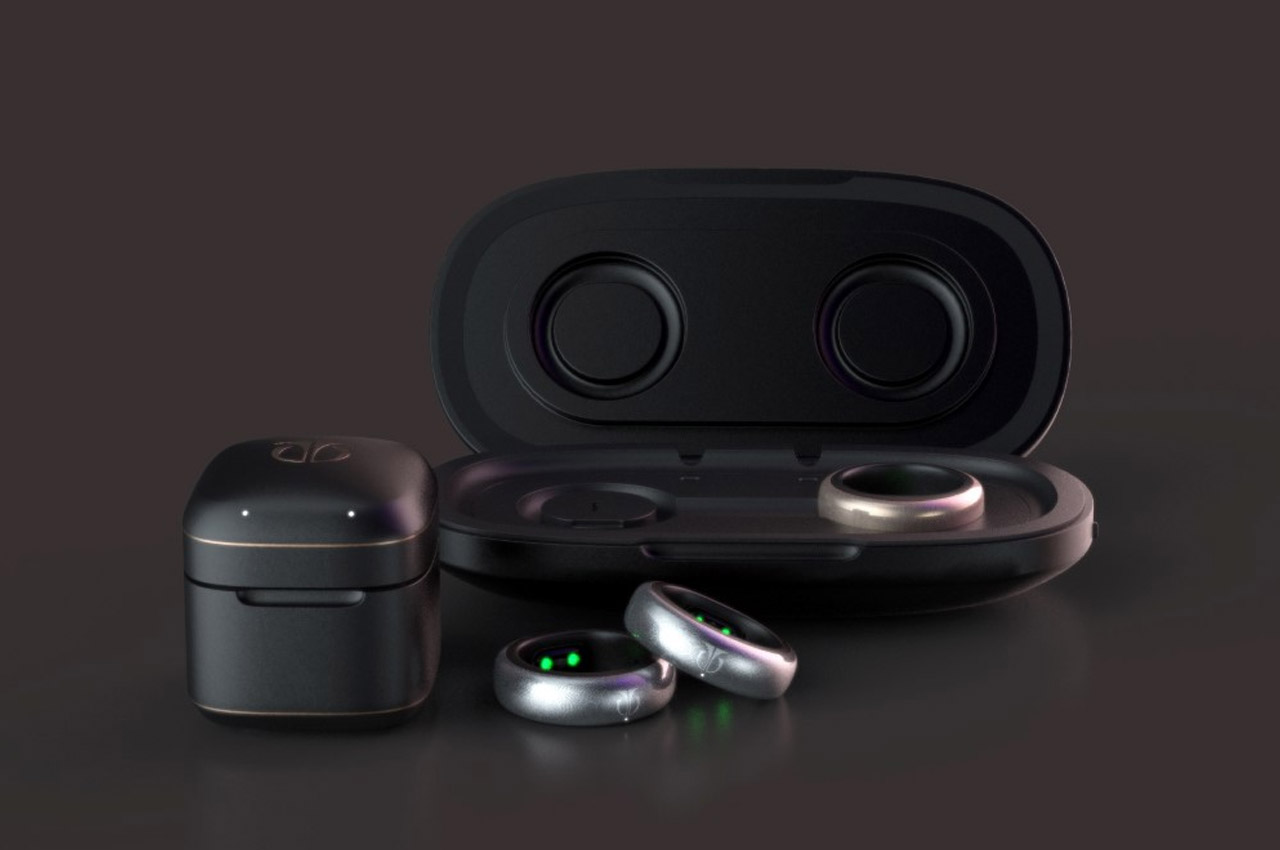
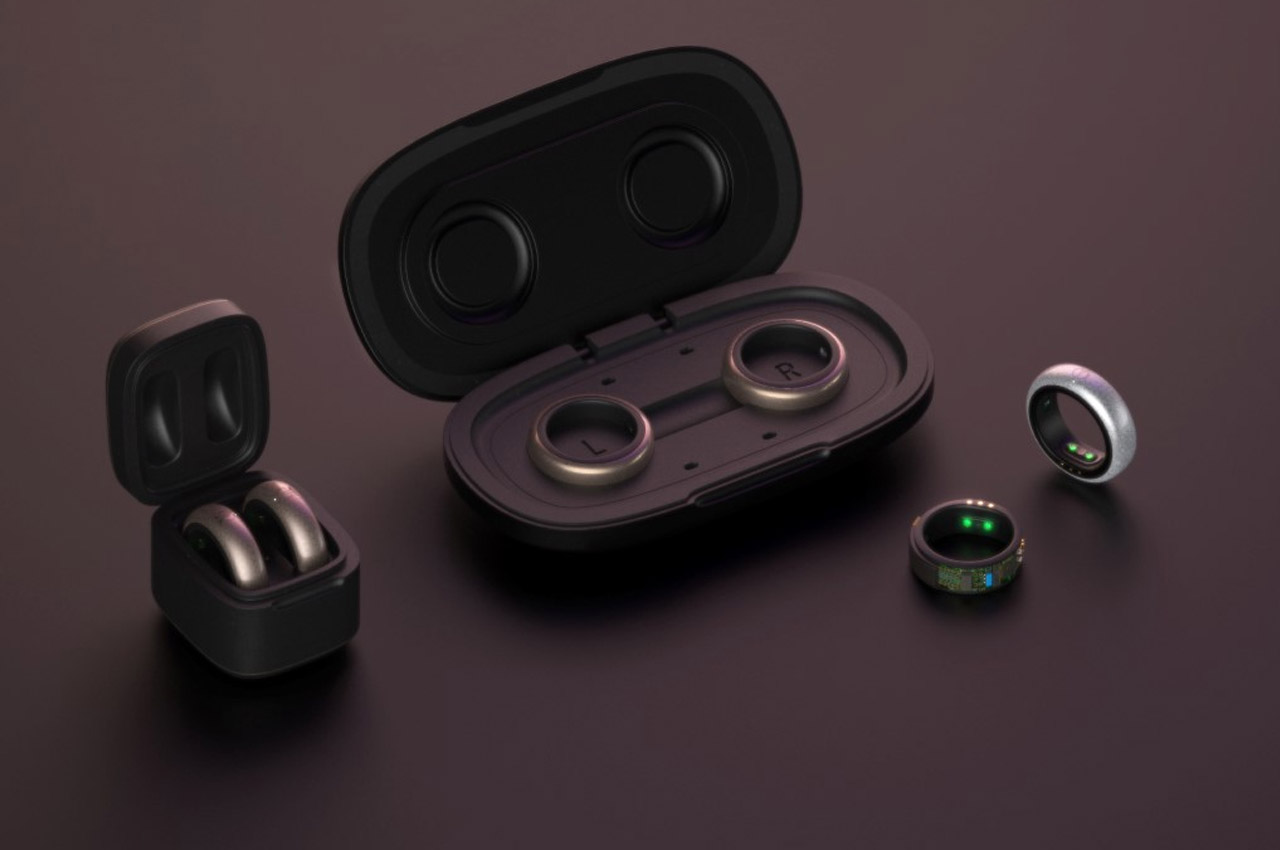
Built for Titan, a prominent watch and jewelry brand in the country, the rings come with a metallic finish and sit inside one of two sleek, matte black cases – for charging at home and for charging while traveling. Originally toe-rings in the Indian culture come made from silver, which absorbs positive energy from the ground you walk on. The Mettis, however, use sensors that help monitor your health. Whether you’re walking, running, exercising, or even swimming, the rings capture your body temperature and your heart rate, working just like smartwatches and fitness wearables do. The rings actively track your location, count your steps, monitor sleep patterns, as well as help you keep track of your period cycles… all while strongly echoing the cultural relevance of toe-worn jewelry in Indian customs and traditions.
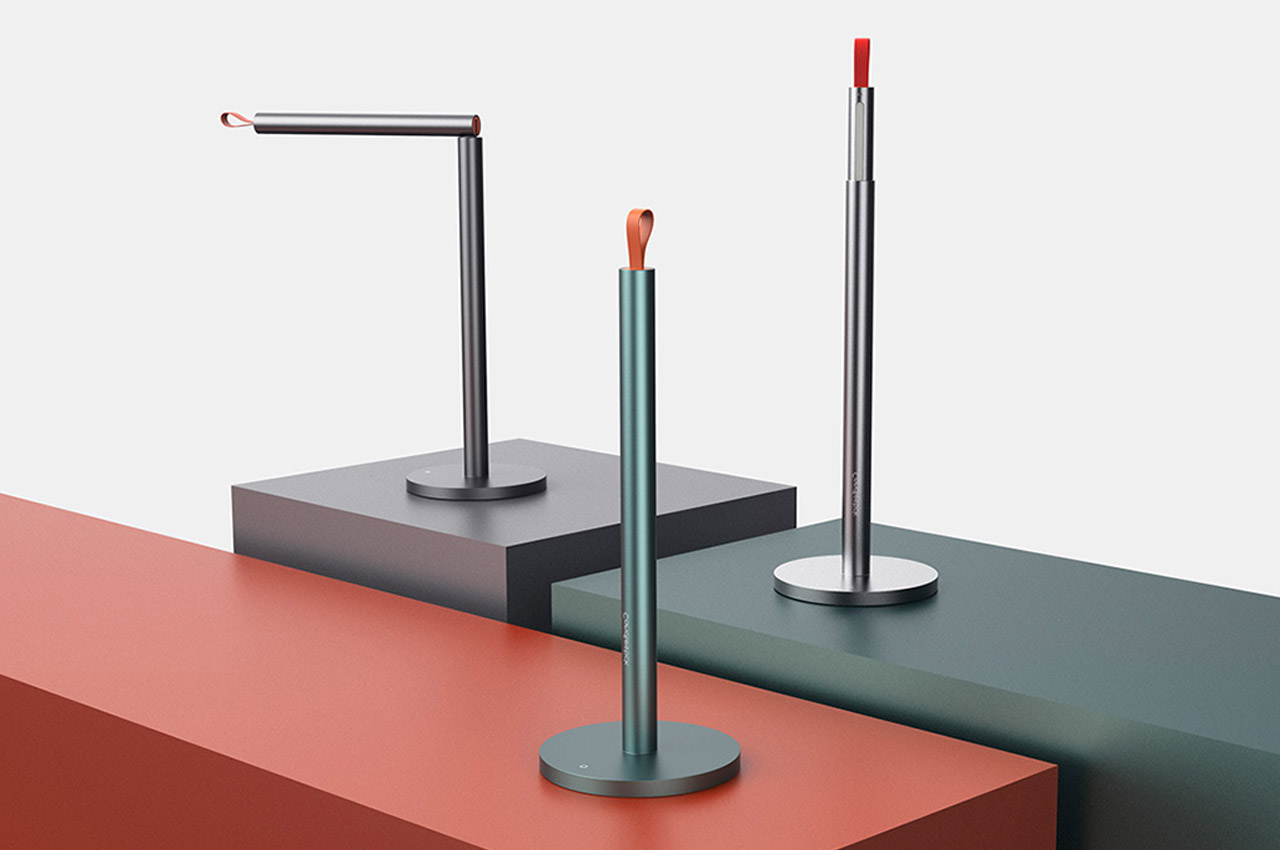
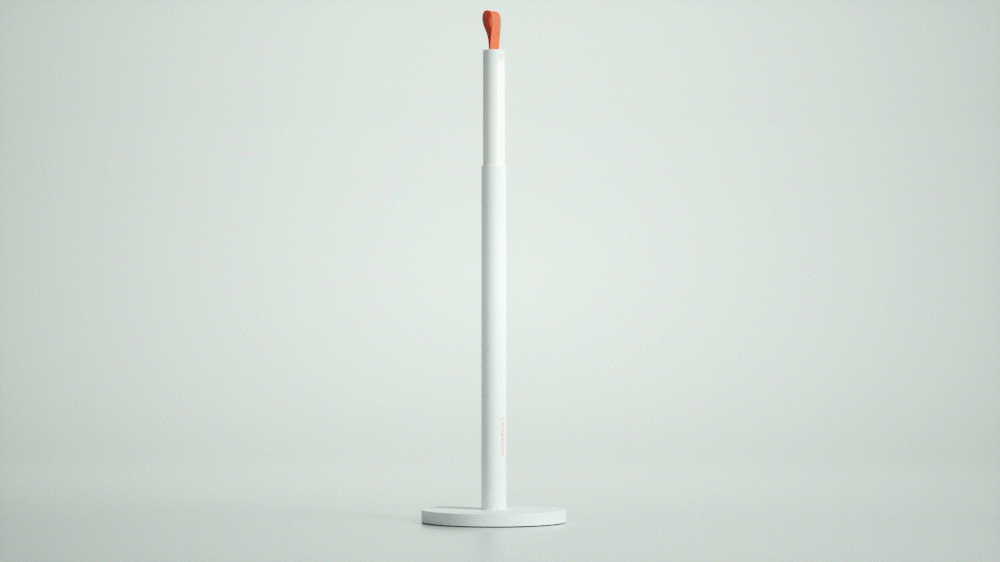
This lamp was made so that you could associate it with more than just an illumination source, the designer wants you to look at this lamp as an appliance that can help you establish a healthy sleeping pattern along with its core function. There are recommended light levels for different pre-bedtime activities like watching TV, reading, meditating, etc. and you can adjust the lightness/darkness for them through this lamp so it helps you wind down easily and amplifies the impact of your bedtime routine. You can set a timer for when you want the light to go off and it will gradually decrease till shutdown time so the darkness is not abrupt – another small detail to get your circadian rhythm on track! The lamp is flexible so it can be used during the day as well like a desk lamp and the minimal design makes it a perfect fit for any interior style, especially a small space.
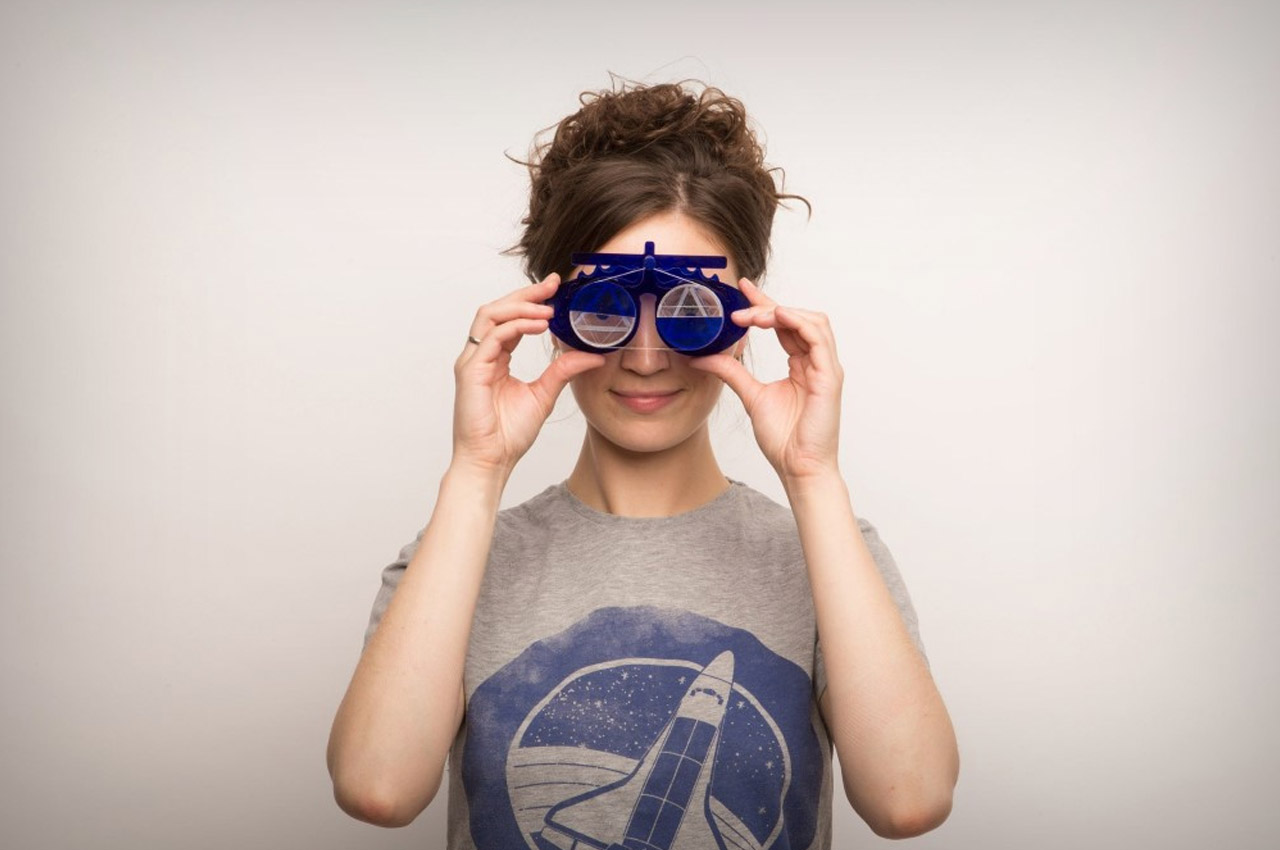
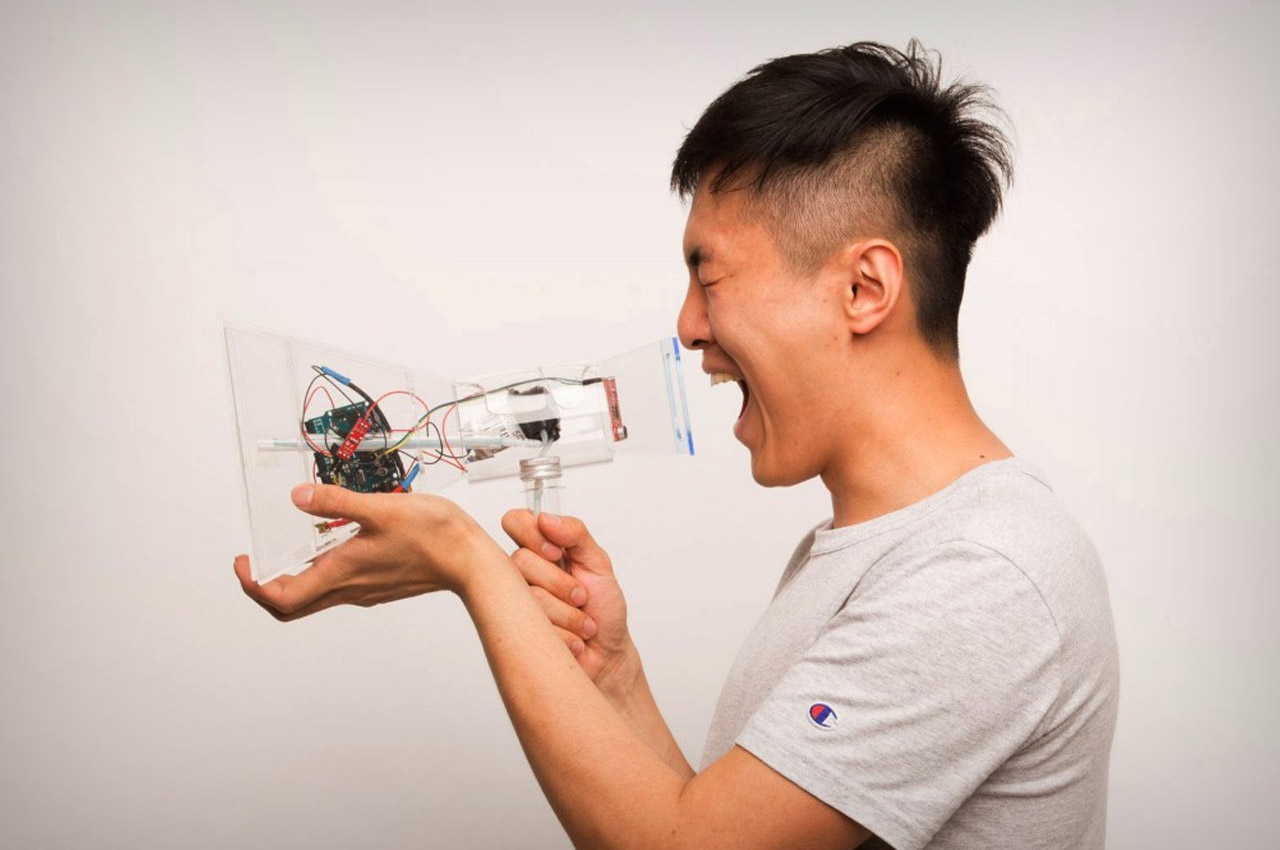
Rui Sun’s Emotional First Aid Kit comes with five products. The Indigo Third Eyeglasses are a pair of playful kaleidoscope glasses that let you look at things differently, bringing a sense of wonderment and a different perspective on life as you see it. The Purple Breathing Mask is an instant de-stressor. Equipped with the scent of violets, breathing through the mask brings the calming effects of breathing into a paper bag with the additional advantages of aromatherapy. The Blue stress buster is a megaphone that visualizes sound in blue ink. Screaming into it not only helps you release pent-up anger but also helps create art out of it. The Green Mediating Stethoscope comes in pairs, allowing two people who’ve just had an argument to listen to each other’s heartbeats. It puts the argument into perspective, reminding you of the emotional aftermath of such fights. Listening to a beating heart also helps you calm down. Lastly, the Yellow Confidence Booster is a super-light padded jacket that when worn, gives you the feeling of being in a secure safe shell, and also having a puffed chest (a sign of confidence). It helps people with low self-esteem to feel secure and more confident in solving dilemmas or addressing uncomfortable situations.
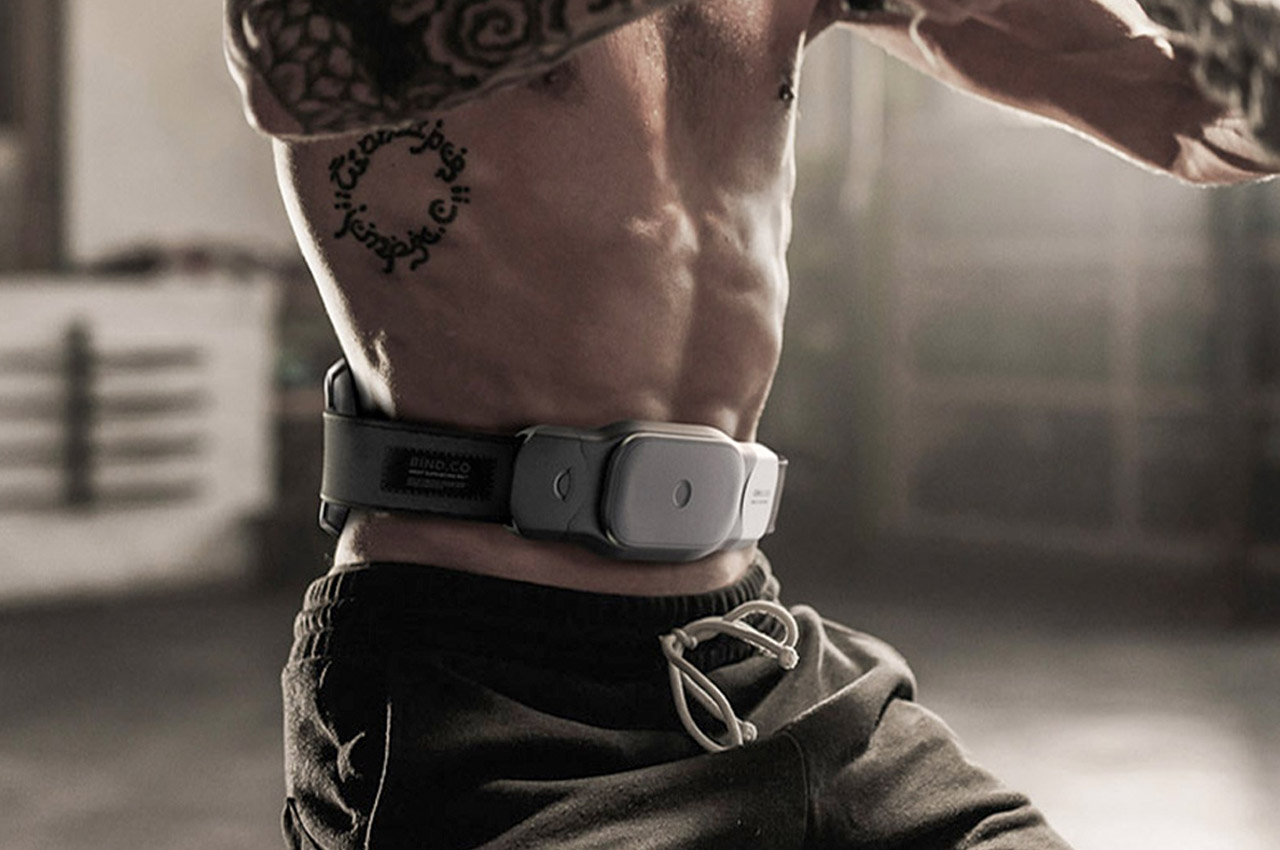
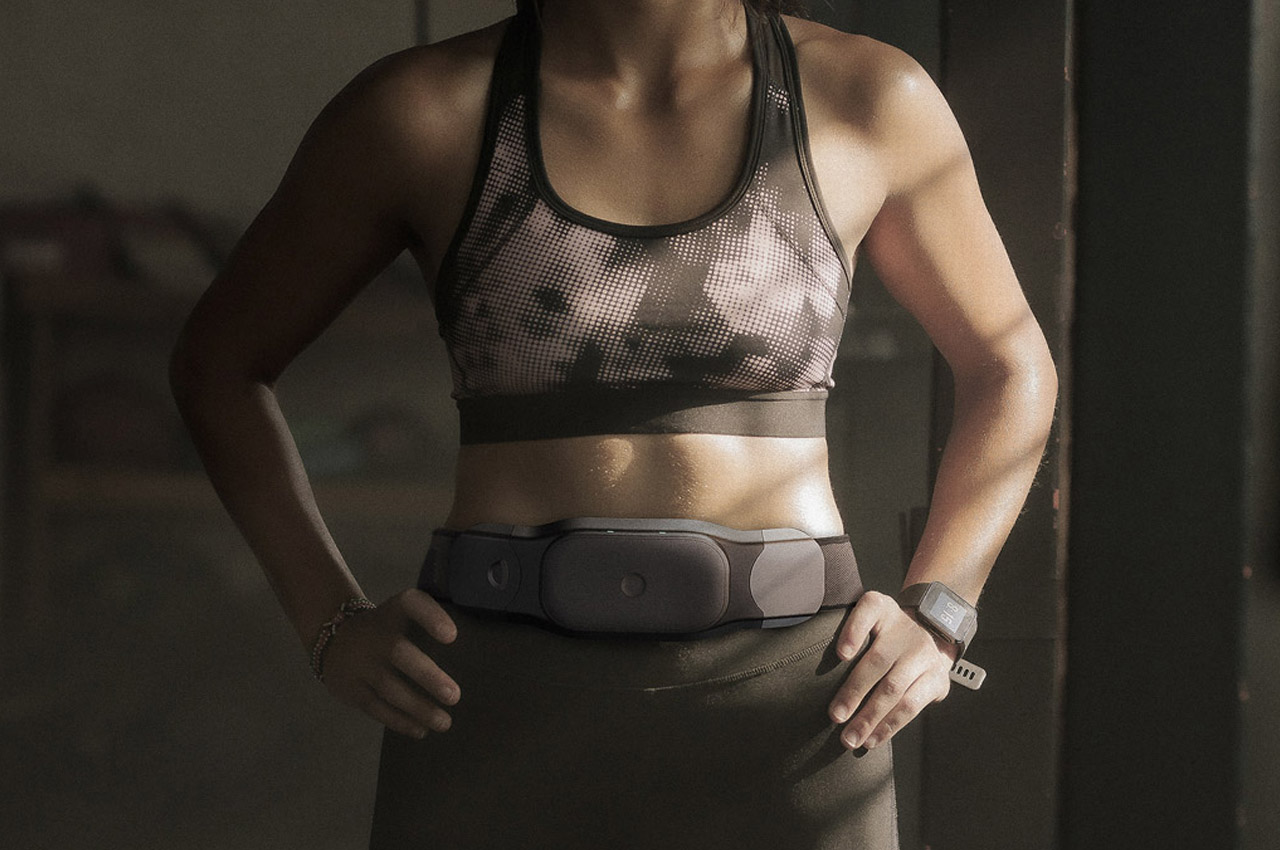
Industrial designer SangWoon Kim has reimagined the traditional waist support belt as a smart wearable to protect the lumbar spine better. Basically, it functions like any standard belt to compress the waist and isolate our breathing patterns. The striking difference is the ability to tighten the belt automatically, depending on the intensity of the workout and the user’s breathing pattern. Kim calls it the BIND.CO belt and this workout accessory come in handy for any exercise mode and intensity. The innovation will be godsent for beginners who are still learning about the exact tightening of the belt needed for their workout. Thanks to the embedded sensors, the smart belt tightens during exercise and loosens at the time of rest between activities.
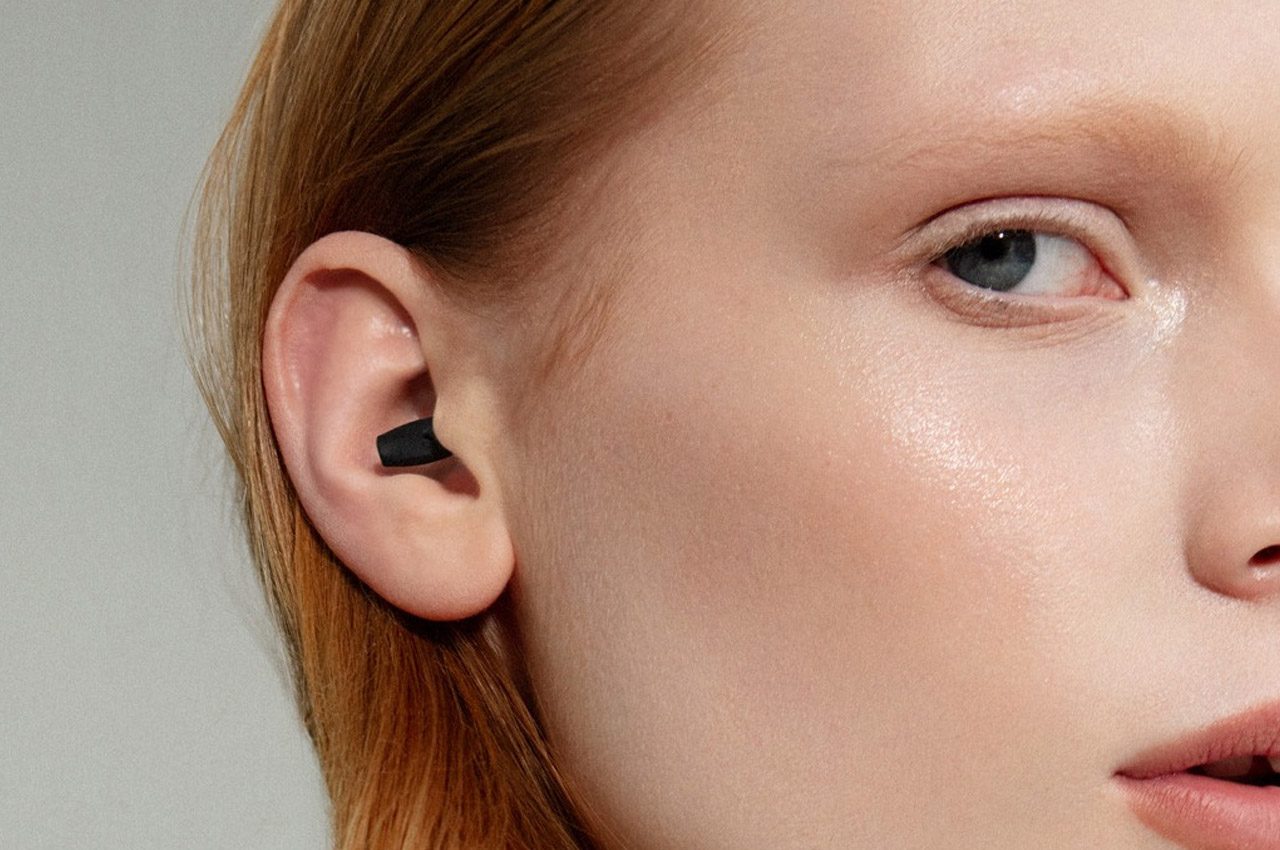
 Happy Ears earplugs debuted in 2015, going on to becoming a favorite of users as well as organizations and events like SXSW and Lollapalooza. The earplugs helped people to sleep peacefully, work quietly, attend concerts “responsibly” and simply help people avoid hearing loss in the long term from being in high-decibel environments. Happy Ears came with a sleek, oval design that could easily fit snugly in each ear, with a barely noticeable stem that didn’t obstruct your sleep or movement in any way. Now they’re back in their same, slim, reusable avatar, albeit with one small, significant upgrade… they’re made entirely out of recycled plastics that help reduce ocean pollution as well as noise pollution! The ‘Happy Ears Recycled’ aims at tackling the waste created by the 1 billion single-use earplugs that are worn and discarded as trash each year. Made from FDA-approved 100 % recycled ABS and TPE plastics, Happy Ears help take plastics out of our oceans and are designed to be worn multiple times for years, preventing any reentry of plastic into our natural ecosystems.
Happy Ears earplugs debuted in 2015, going on to becoming a favorite of users as well as organizations and events like SXSW and Lollapalooza. The earplugs helped people to sleep peacefully, work quietly, attend concerts “responsibly” and simply help people avoid hearing loss in the long term from being in high-decibel environments. Happy Ears came with a sleek, oval design that could easily fit snugly in each ear, with a barely noticeable stem that didn’t obstruct your sleep or movement in any way. Now they’re back in their same, slim, reusable avatar, albeit with one small, significant upgrade… they’re made entirely out of recycled plastics that help reduce ocean pollution as well as noise pollution! The ‘Happy Ears Recycled’ aims at tackling the waste created by the 1 billion single-use earplugs that are worn and discarded as trash each year. Made from FDA-approved 100 % recycled ABS and TPE plastics, Happy Ears help take plastics out of our oceans and are designed to be worn multiple times for years, preventing any reentry of plastic into our natural ecosystems.
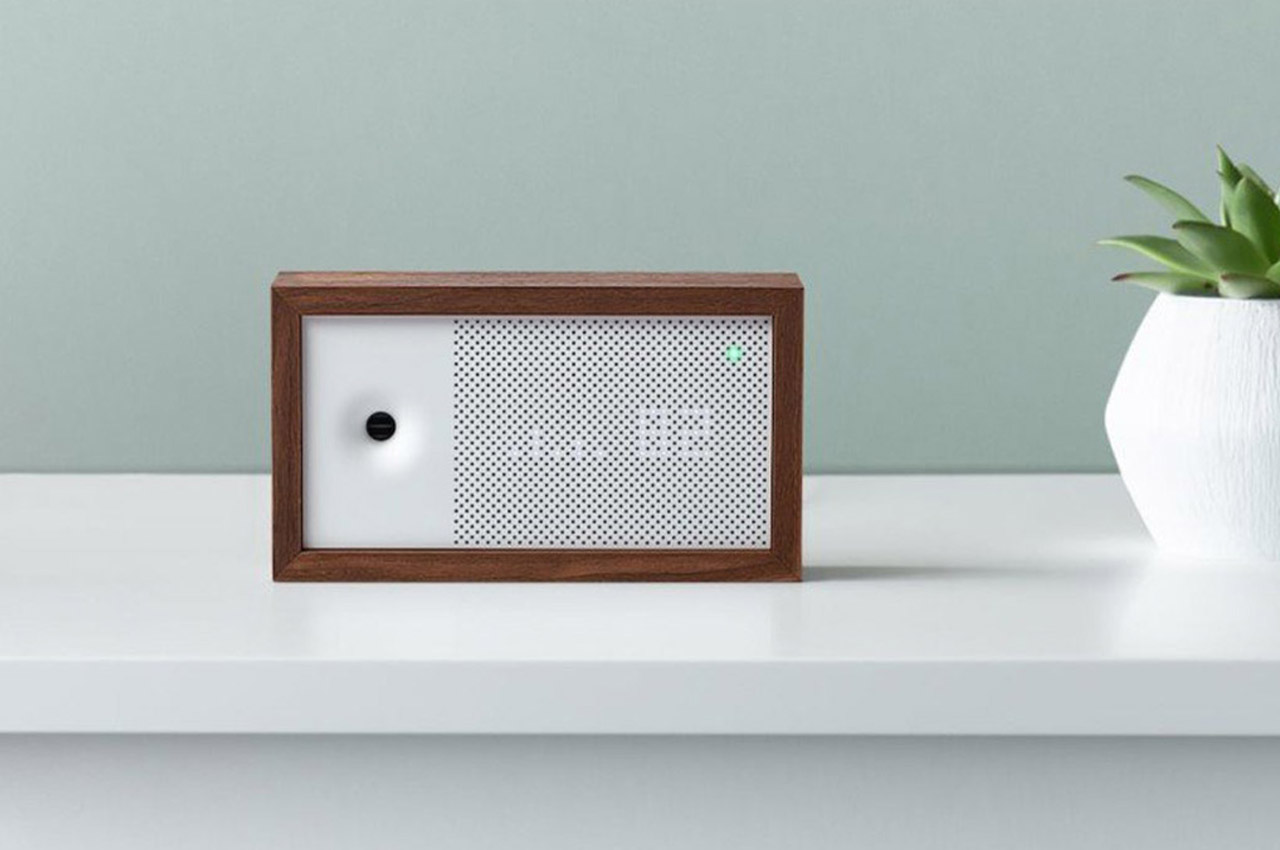
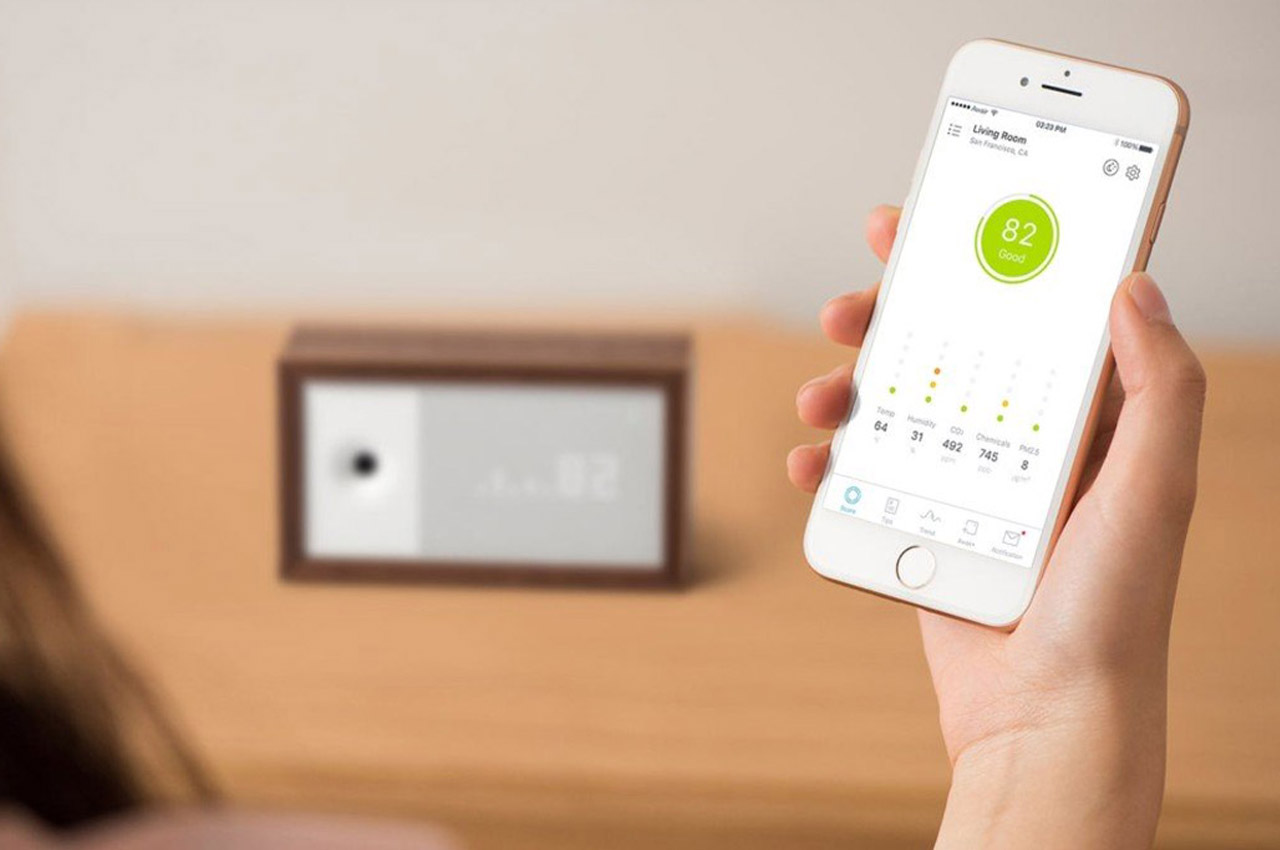
Devices like the Awair air quality tracker are here to make our homes a little more pure and safe. We may not know this but, indoor air can be 5x more polluted than outside as we are constantly exposed to factors like paint, furniture, carpet, air fresheners, toys, and more. The air quality can have a major influence on allergies, asthma, focus, sleep quality, skin health, and overall well-being apart from just physical health. The Awair 2nd-edition air quality monitor can track it all for you and even give you personalized recommendations to improve the air in your space. The smart device records the 5 most important factors that affect your health like fine dust, chemicals, CO2, humidity, and temperature to give you a report straight on your phone with changes we can make to up the quality.
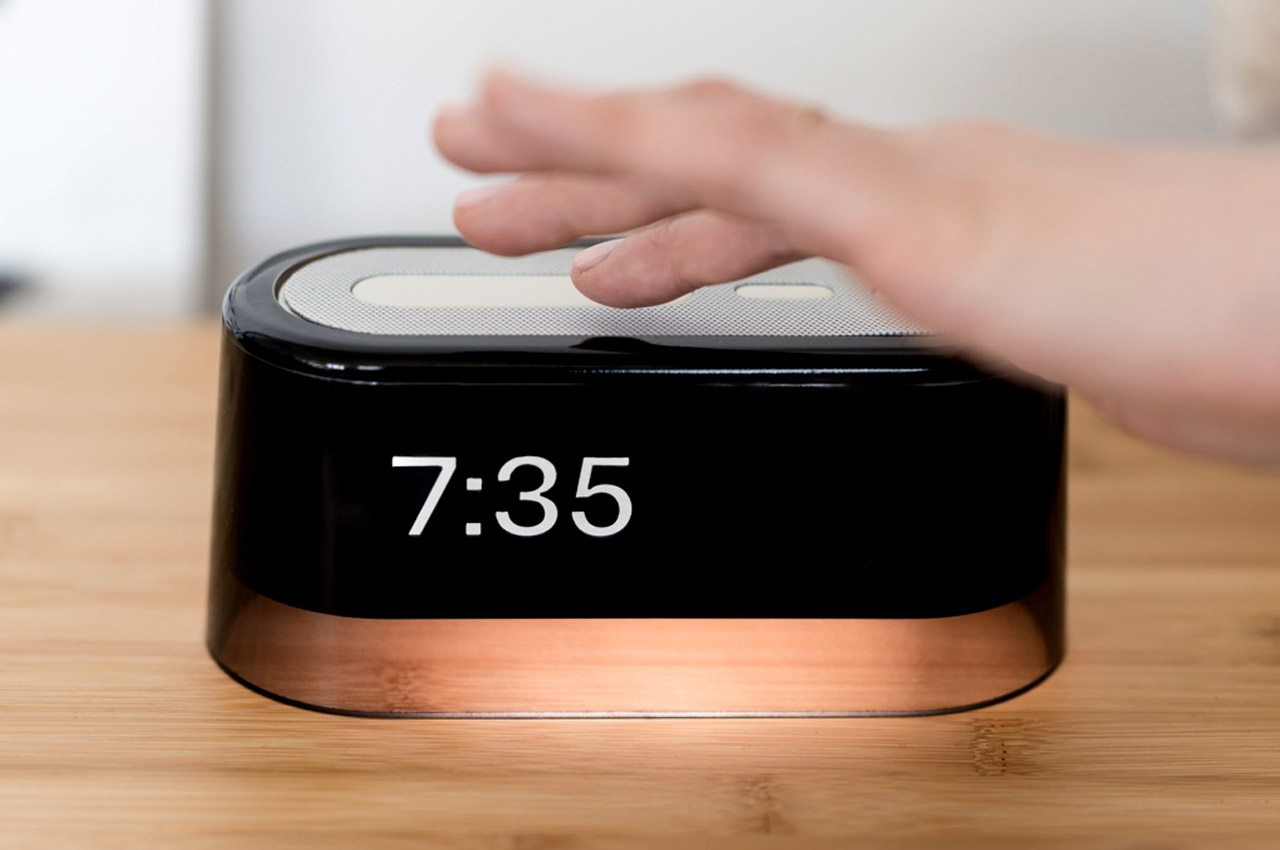
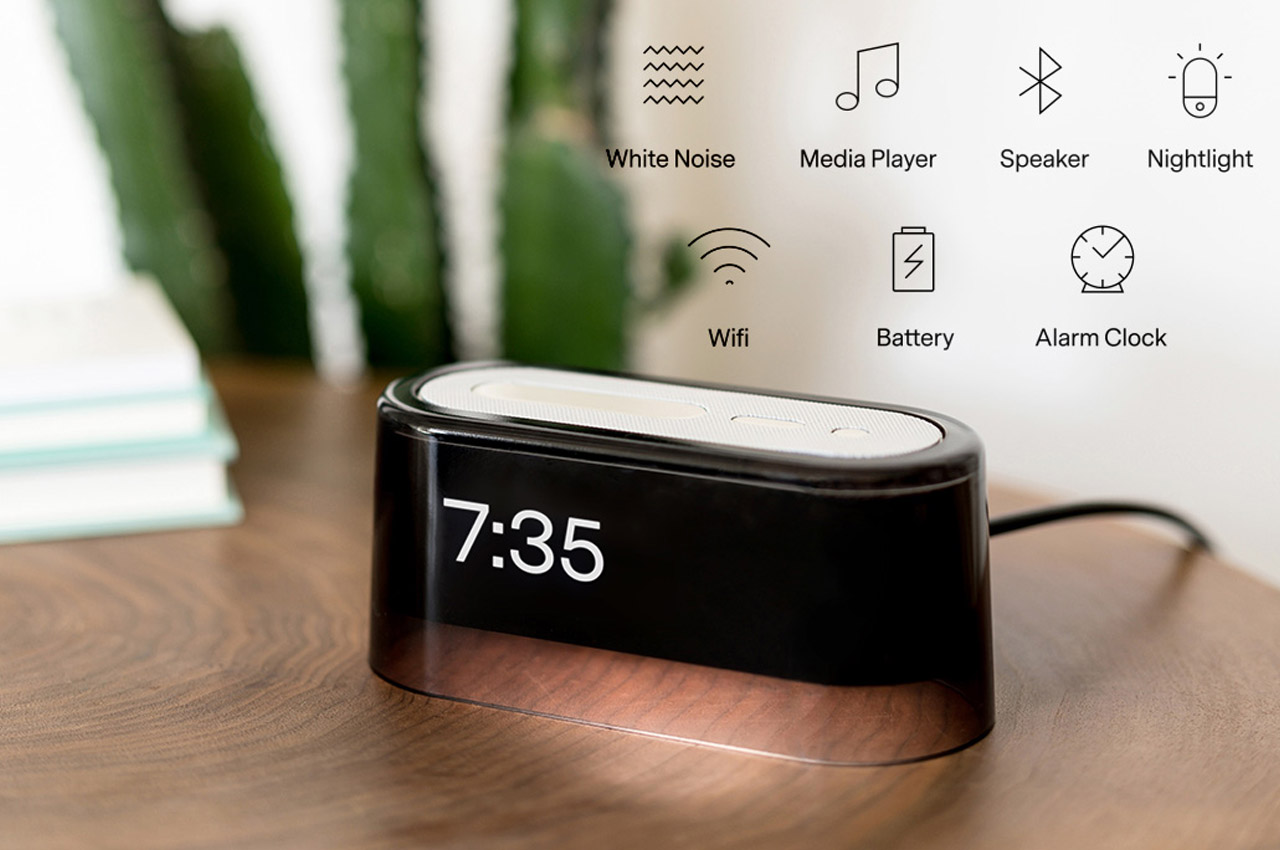
The Loftie’s feature list is simple. It comes with a clock face (which dims at night so you’re not distracted), a nightlight that you can switch on or off with the push of a single button, and the ability to choose from a variety of soothing playlists to put you to sleep. If you rely on a noise machine to go to bed, Loftie comes with all the noise types, from white noise to pink noise (yes, that’s a thing), as well as soothing soundscapes like forest noises or a crackling fireplace. The audio lulls you into a calming slumber, and when it’s time to wake up, Loftie’s two-part alarm system wakes you without startling you out of your sleep. The first round of the alarm plays a soft melody to partially wake you, while round two aims at fully awakening your senses with a cheerful tune that sets the right tone for the rest of your day.

